Sardinia: A magical retreat for every photographer
The first time they offered me a trip to Sardinia, I was not immediately enthusiastic, I would have preferred an exotic destination overseas to meet different populations with different customs and traditions and to be able to photograph them. Those situations that, no matter what, you always bring home a nice haul of photographs. I embarked from Genoa to Porto Torres with a car in tow. We crossed half of Sardinia to get to our destination, and along the way a wonderful scenery immediately opened up. Wide spaces and distant horizons, sweet lands, clear colors and ancient lands. A predominantly rural and agricultural territory. But also livestock farms, especially Sardinian sheep, which are bred extensively and transhumantly, here we must forget about intensive farms that do not care about the good of the animals. The milk of the Sardinian sheep is used to produce a delicious cheese called pecorino. Other types of livestock, such as goats, cattle or suckling pigs, are also bred, but always in accordance with outdoor farming and in the middle of nature.
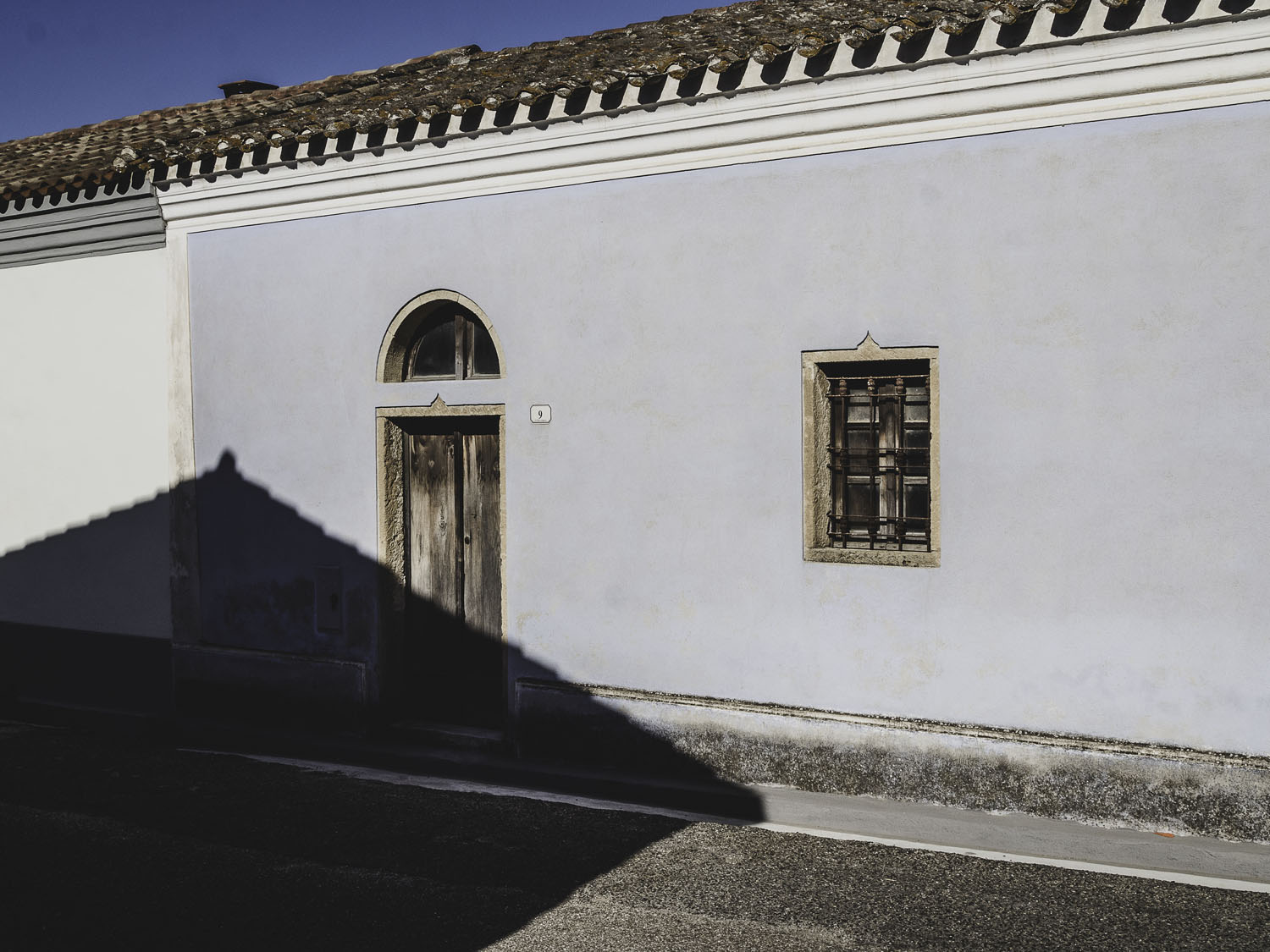
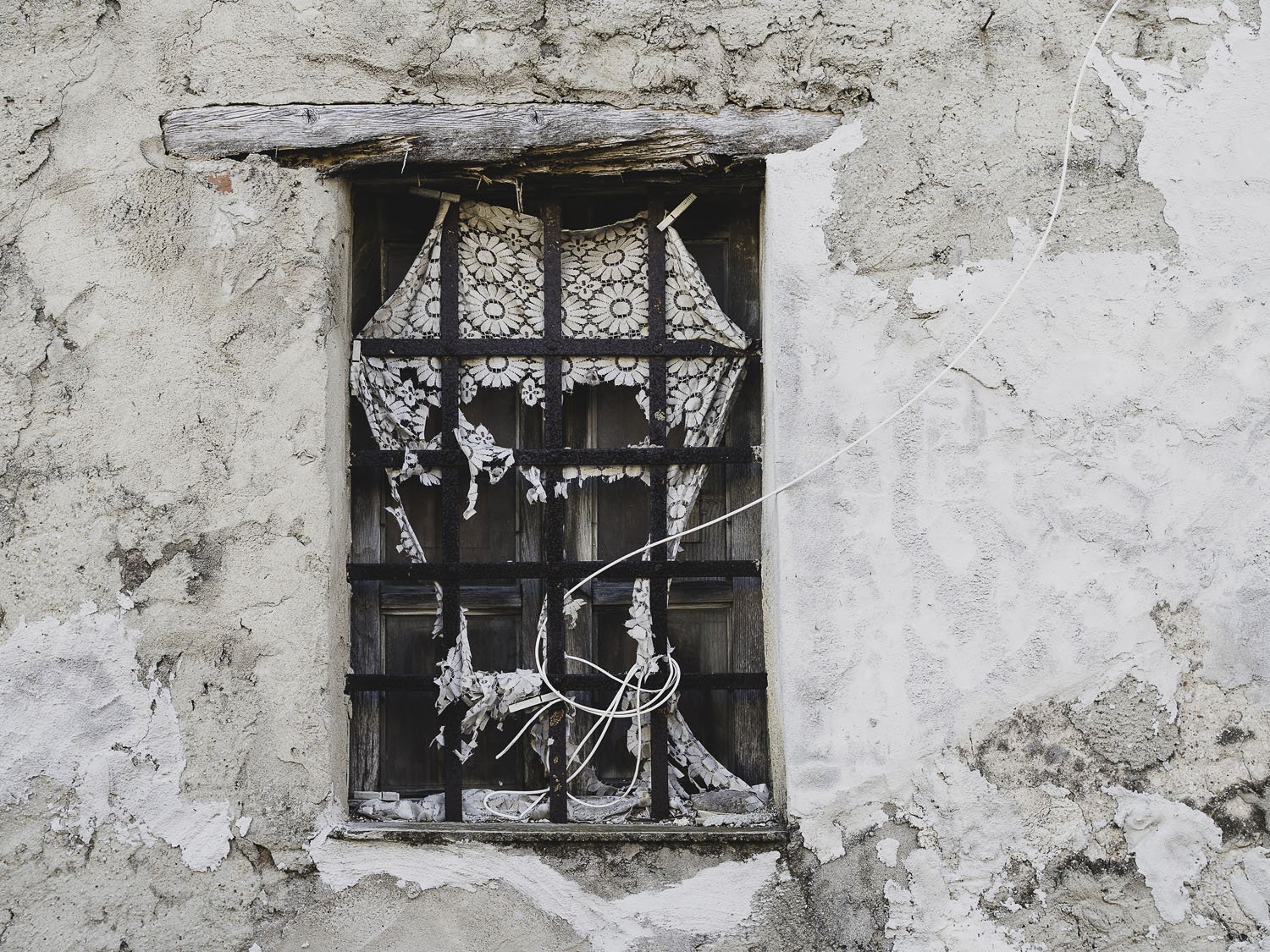
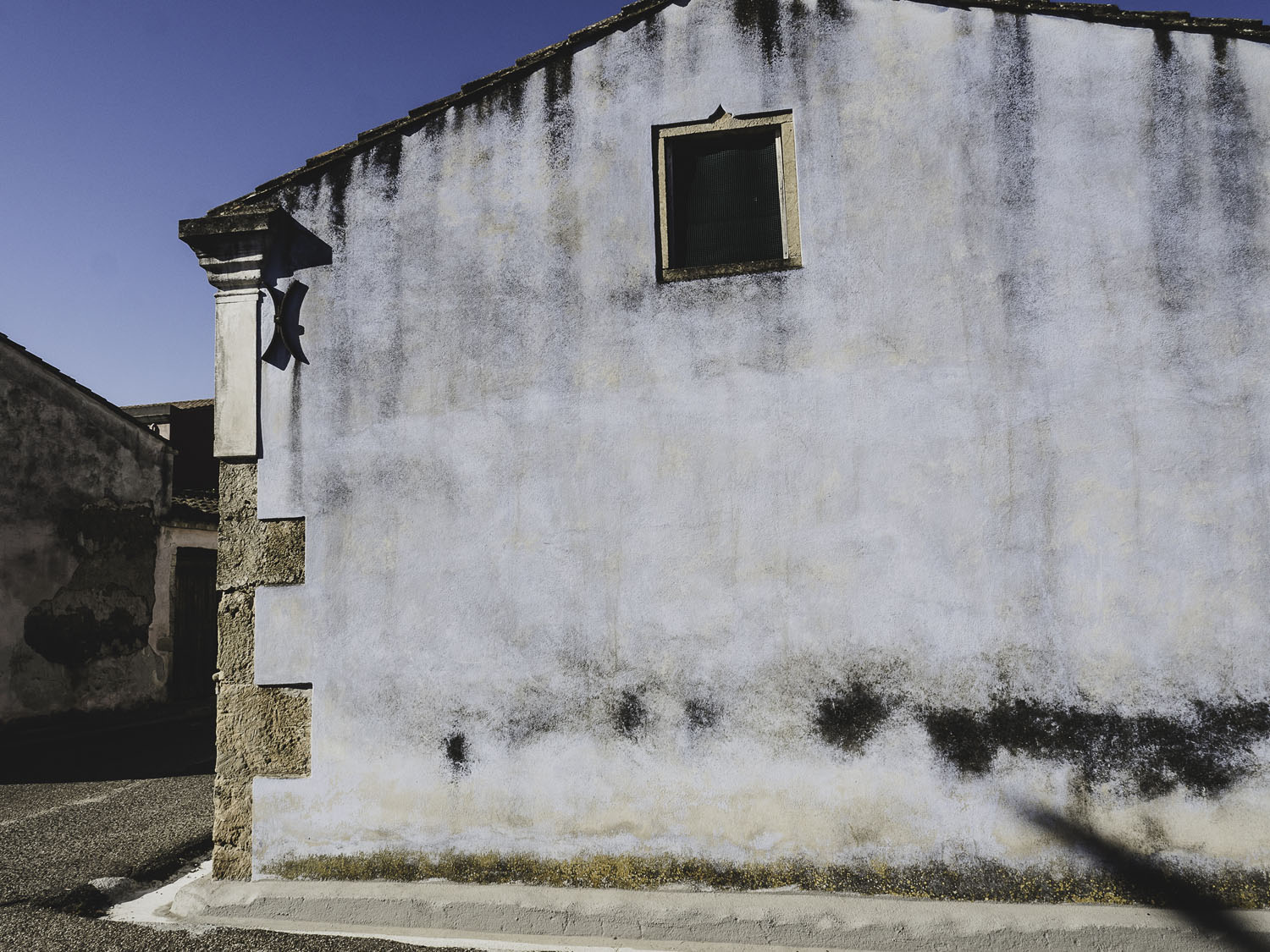
RIGHT: Olympus E-M5 MK II . Olympus M.Zuiko 12mmF2.0 . F/14 . 1/125” . ISO 200
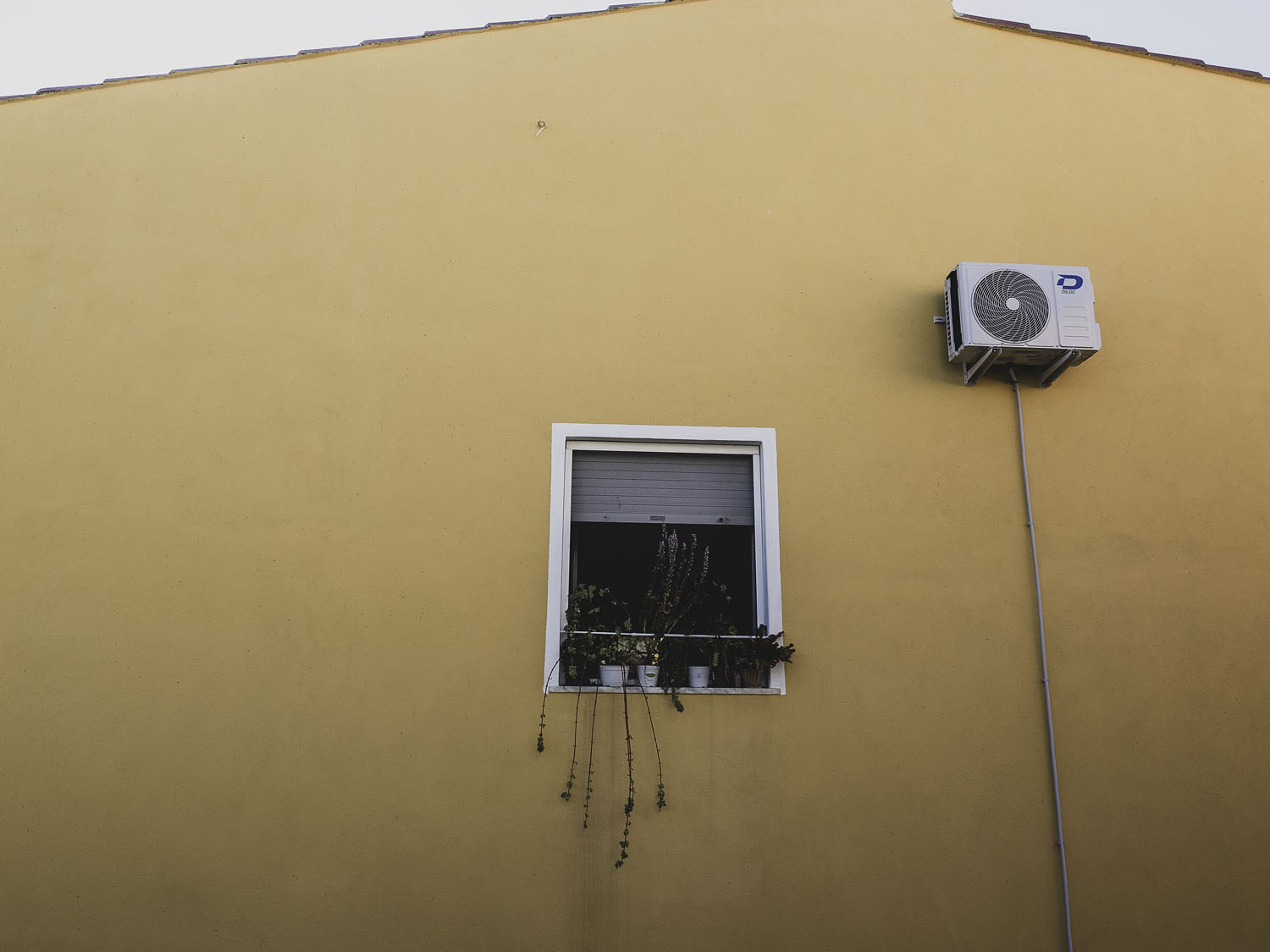
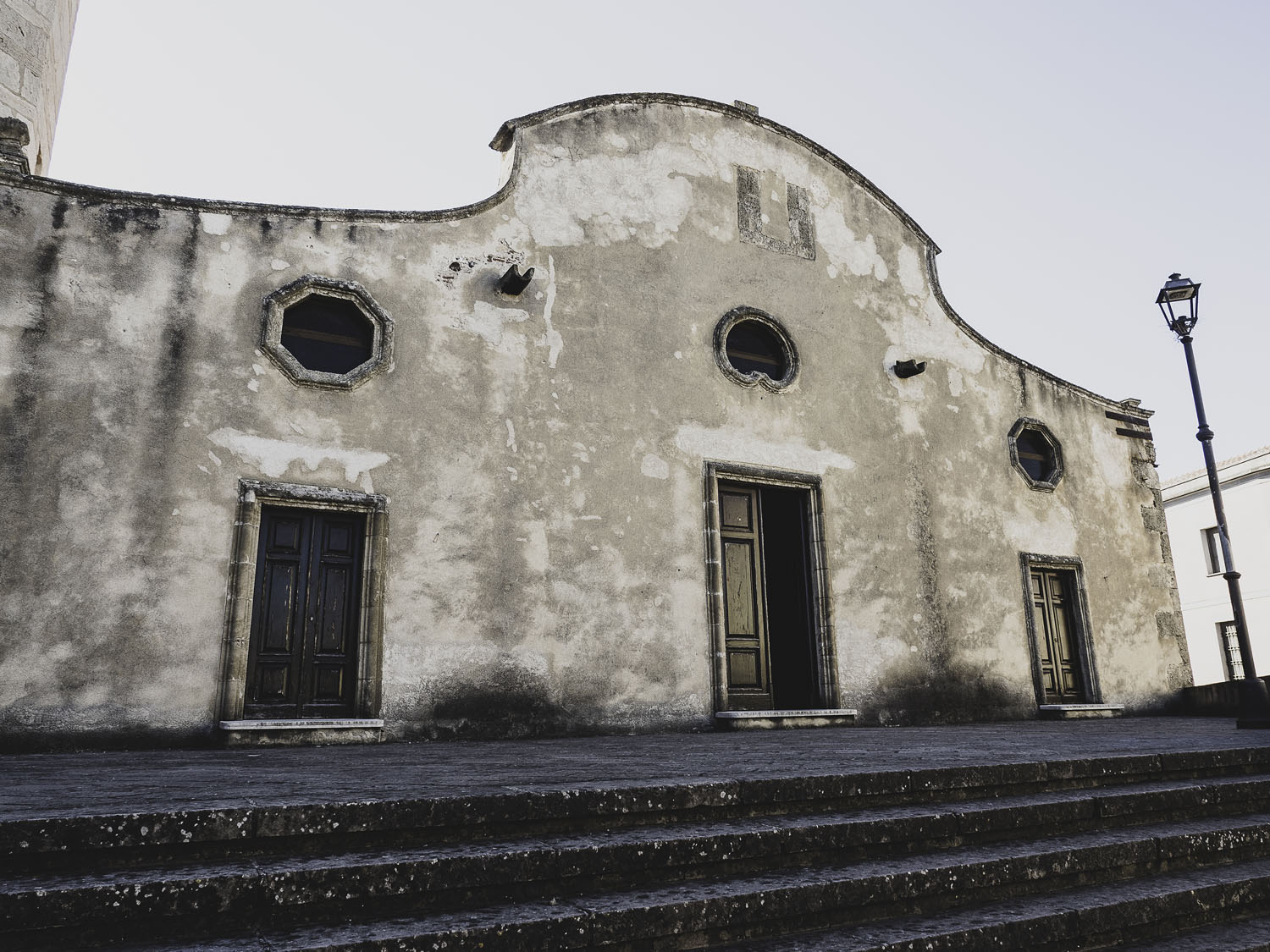
RIGHT: Olympus E-M5 MK II . Olympus M.Zuiko 12mmF2.0 . F/6.3 . 1/125” . ISO 200
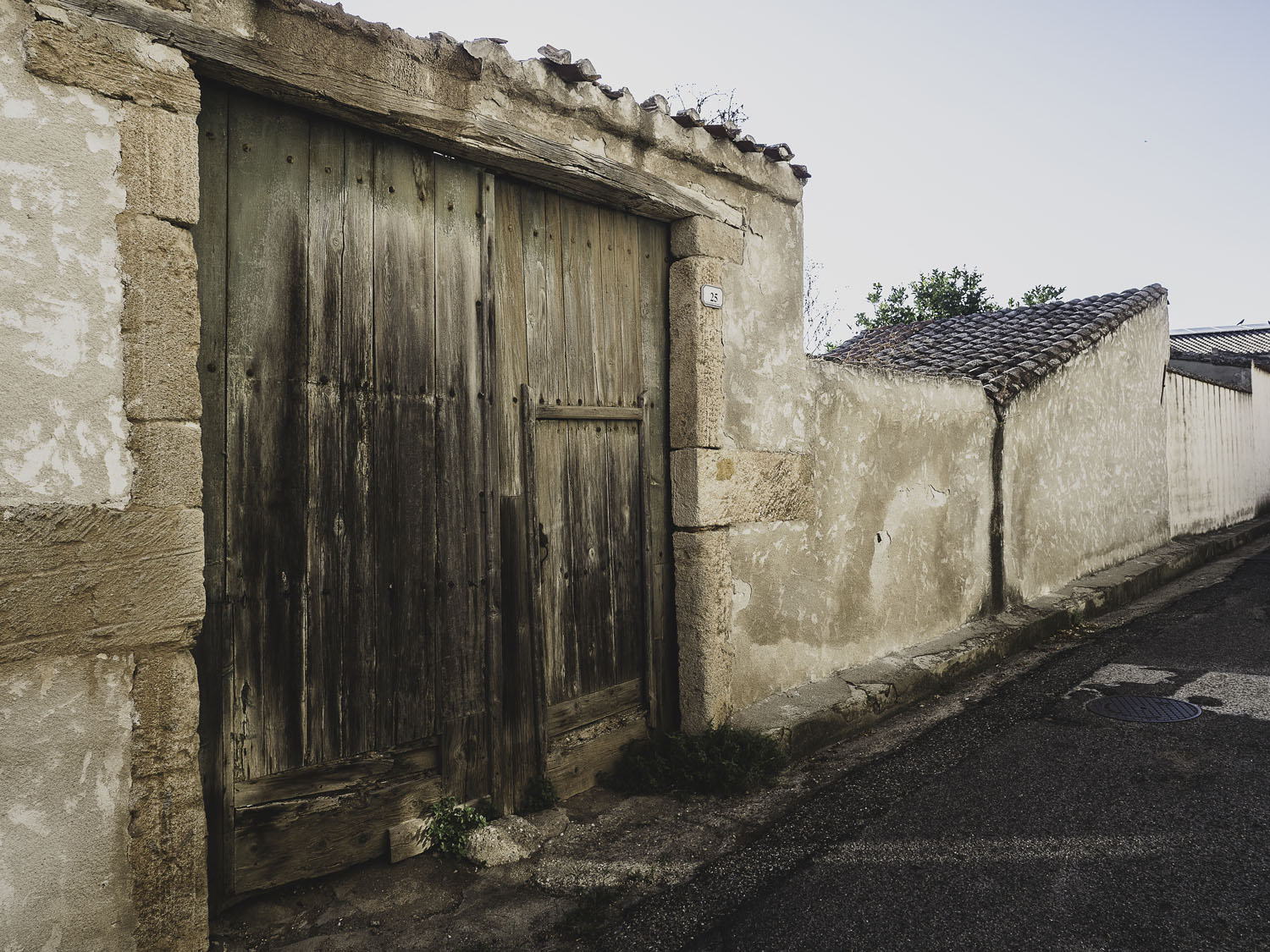
When we travel these roads, it is nature that comes to meet us. You cross fertile plains and sinuous hills, small peasant villages immersed in the countryside and spacious valleys. The seasons and crops determine the changing colors of these landscapes.
The advice is to participate in the many festivals and traditional religious festivals that take place on the island during the year, as well as taste local products, cheeses, and wines.
These are a small series of photographs taken this year during a short summer stay in Sardinia.
Sardinia is a beautiful Italian region known all over the world for various reasons, it has beautiful beaches and excellent food, very simple. This is not my first trip to this beautiful location. It is an island, the second largest after Sicily.
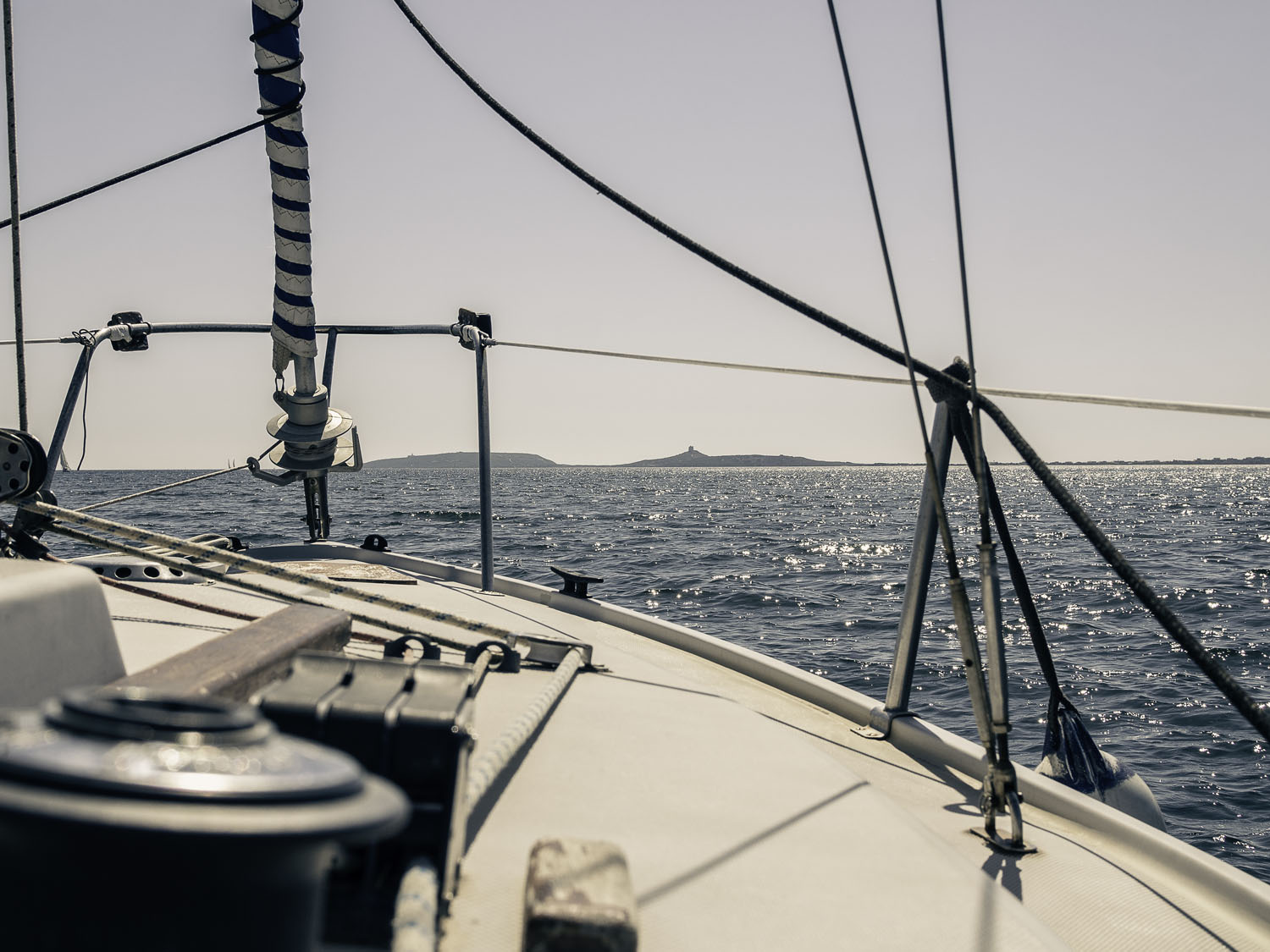
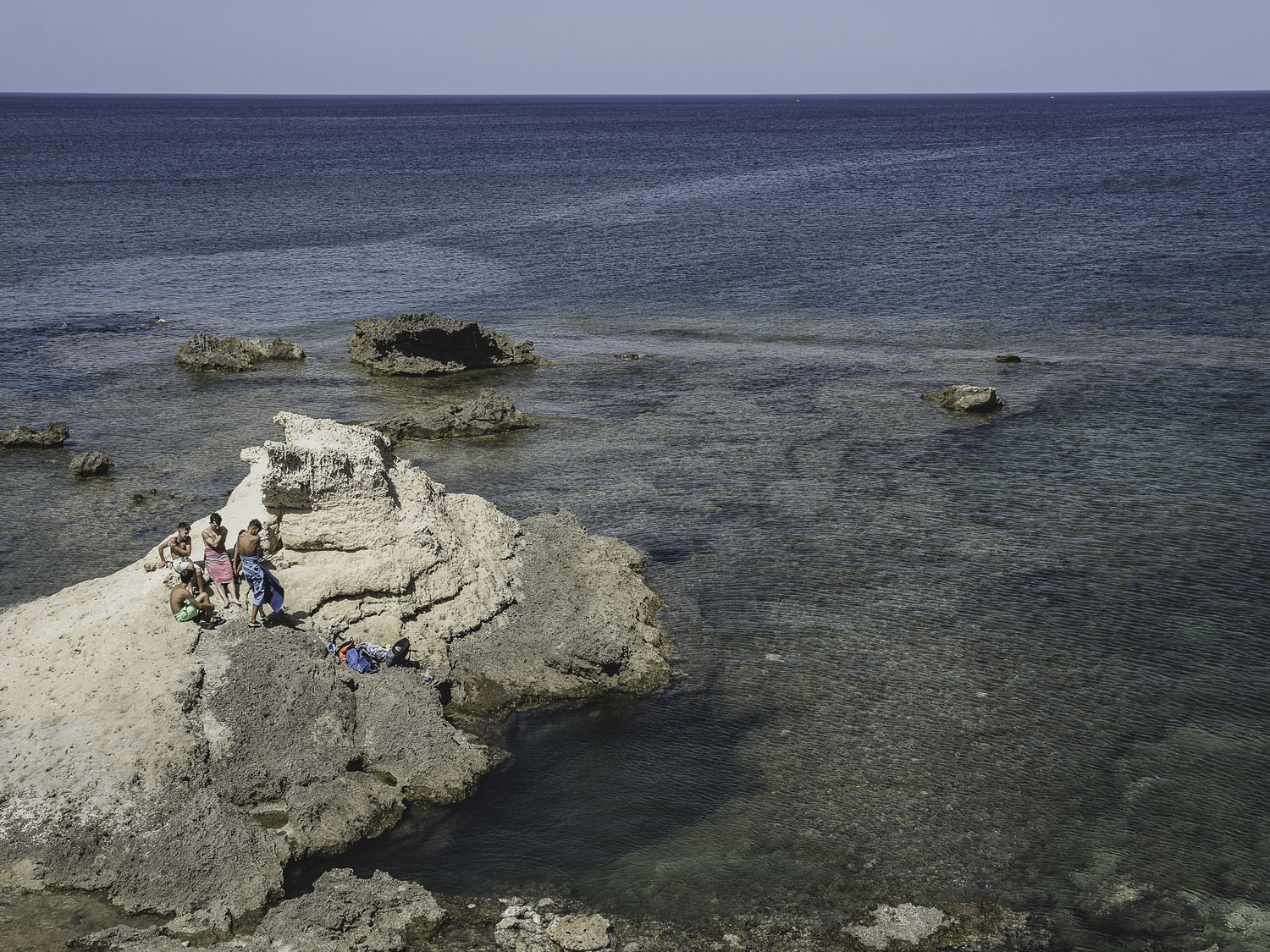
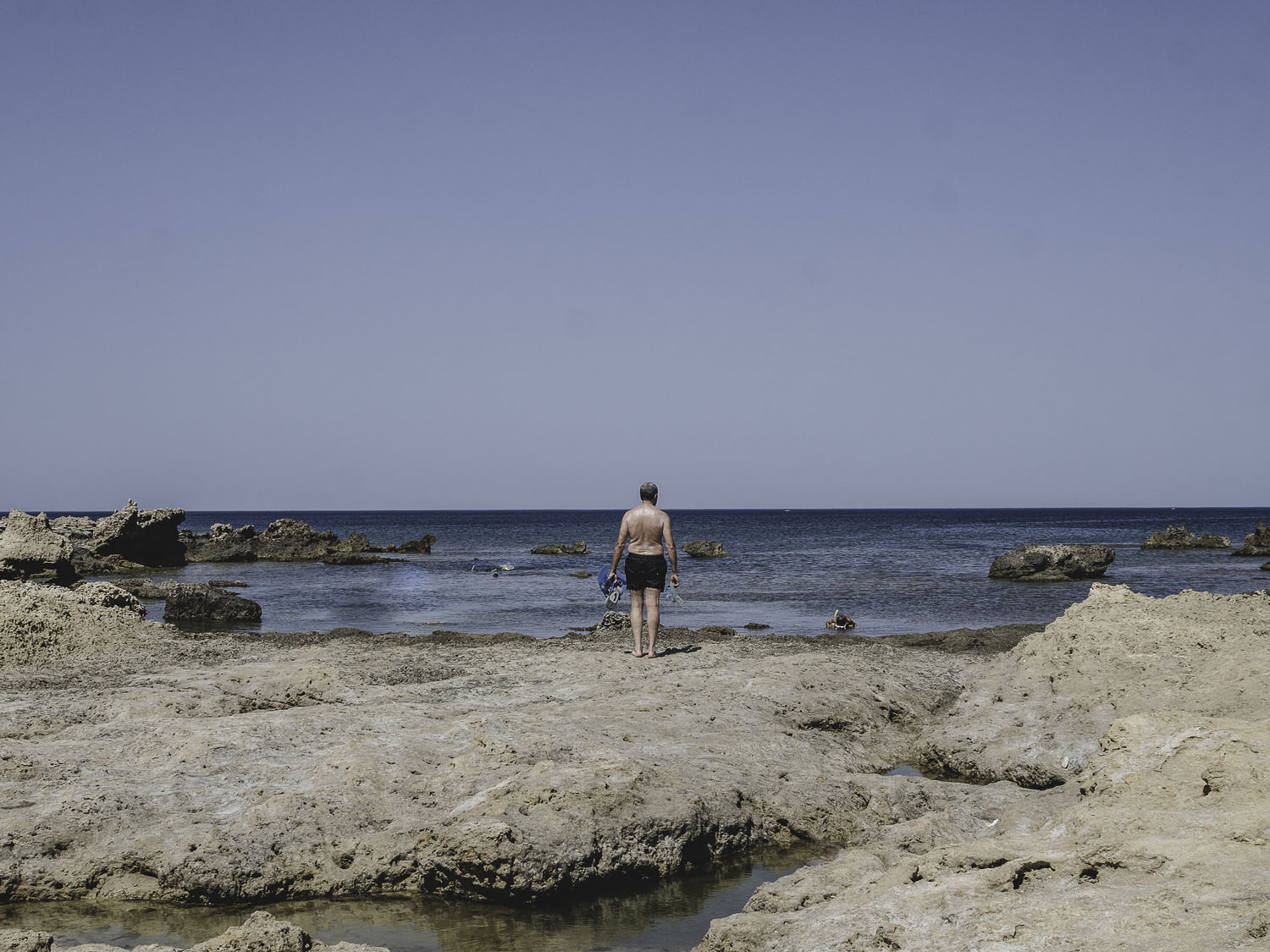
RIGHT: Olympus E-M5 MK II . Olympus M.Zuiko 25mmF1.8 . F/11 . 1/320” . ISO 200
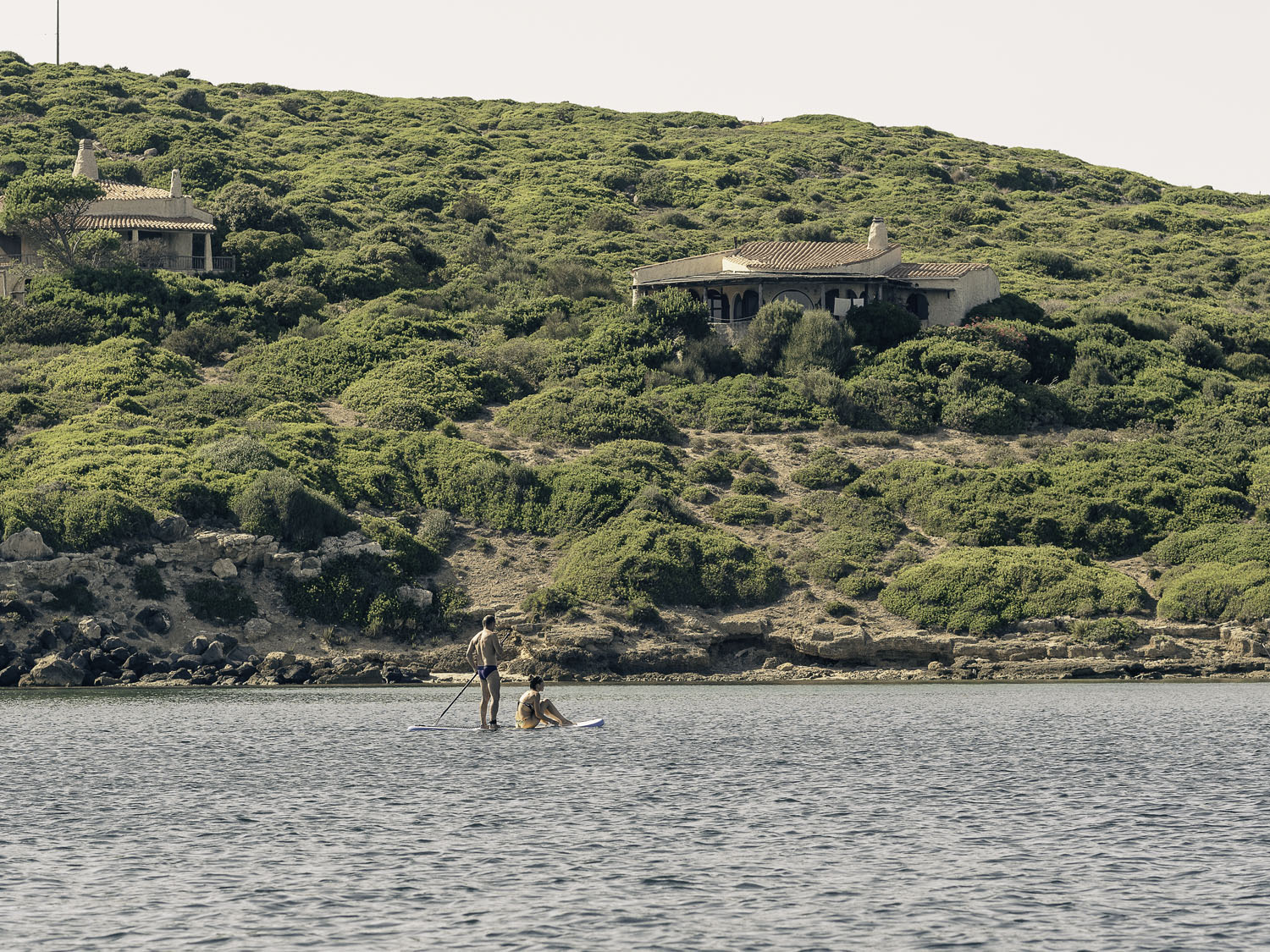
A plane flight or a boat trip is required to reach it. Once disembarked in Porto Torres by car, I headed to the place of my stay on the island’s west coast. As soon as you drive along the roads, you feel the island’s rural character. There are large hilly or flat areas, but we also find mountains, woods, and large pastures. We also find an ancient spectacle made of stone, that of the nuraghi. Along the way, you pass through villages, the houses are low, the streets are silent, every now and then a few cats or dogs.
Like the white one I found in the nuragic site of Santa Cristina, a very important site where it seems that time has stopped and where you can admire, among the olive trees, the stone houses or the defensive fortresses and religious places.
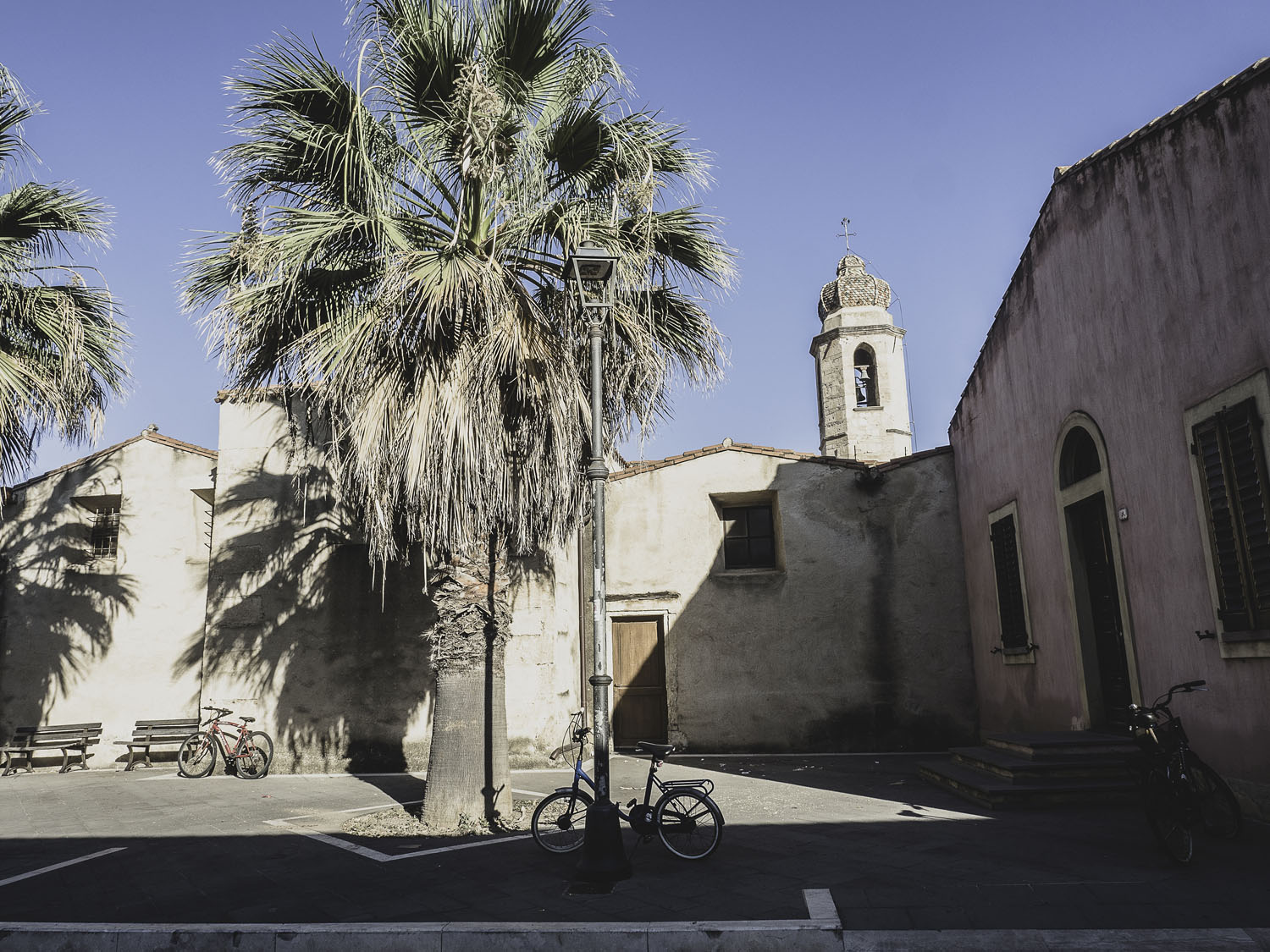
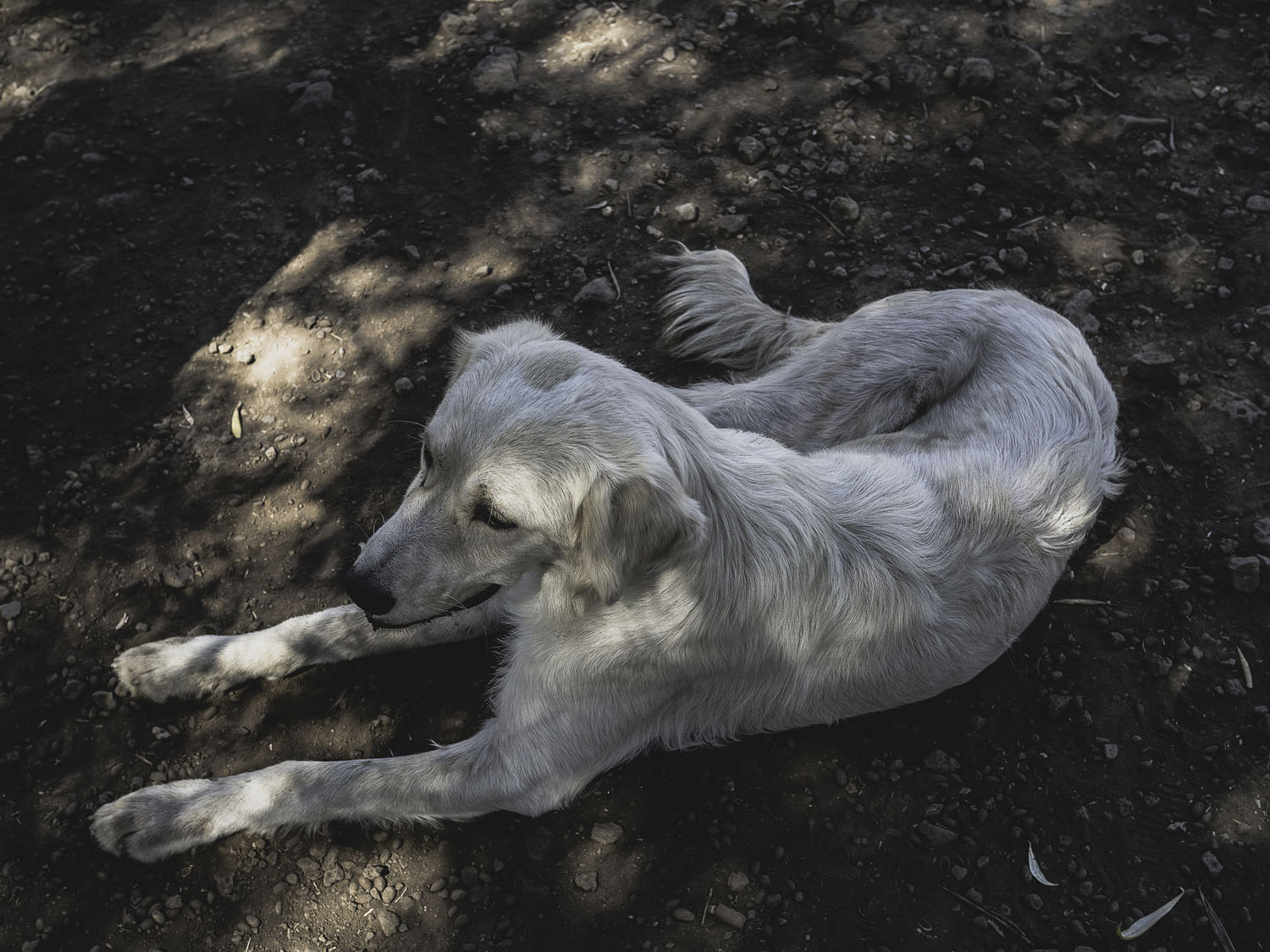
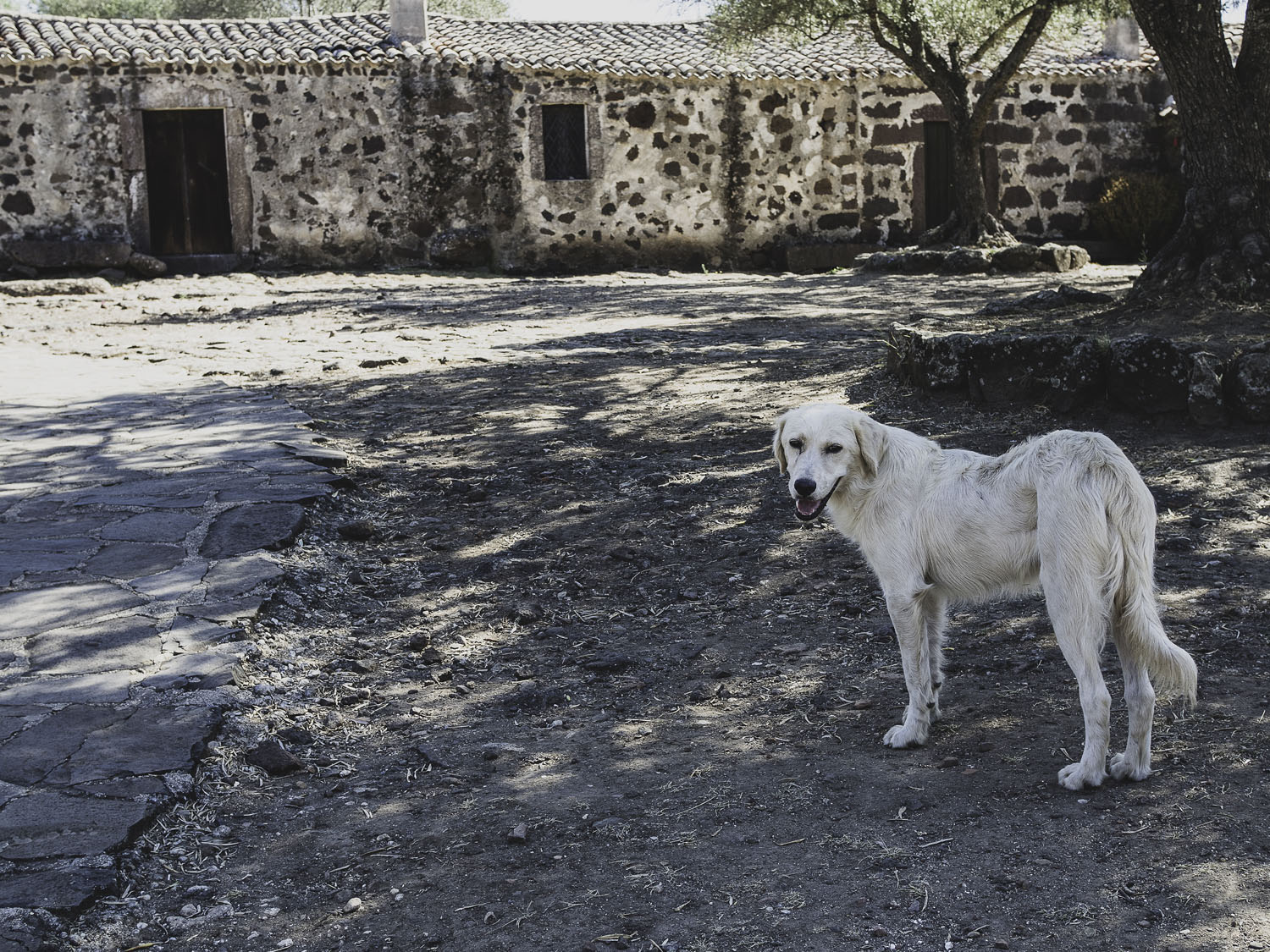
RIGHT: Olympus E-M5 MK II . Olympus M.Zuiko 25mmF1.8 . F/4.5 . 1/160” . ISO 200
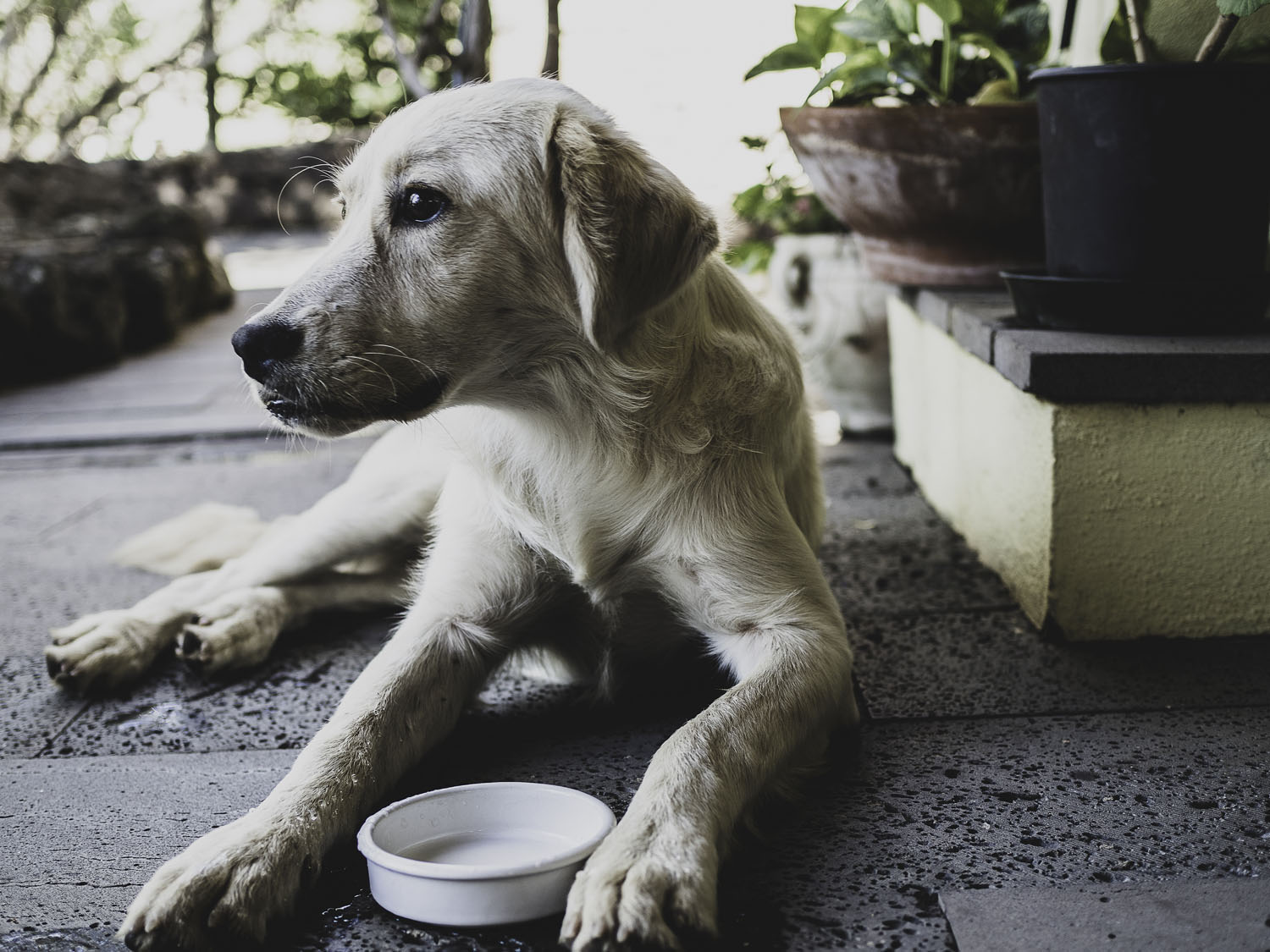
The archaeological site is located in the municipality of Paulilatino.
It is one of the most important in the area and is well preserved. It has an area of 10000 square meters.
Moving towards the coast, the colors are strong and sparkling, and if in the hinterland cattle breeding and agriculture prevail, here the vocation is that of fishing. If it is possible, as it happened to me, I recommend a boat ride, it is spectacular to be able to enjoy the landscape, its colors and its characteristics. This coast is lashed by the mistral, it is easy to see groups of surfers riding the waves, but when everything is calm you can go upwind.
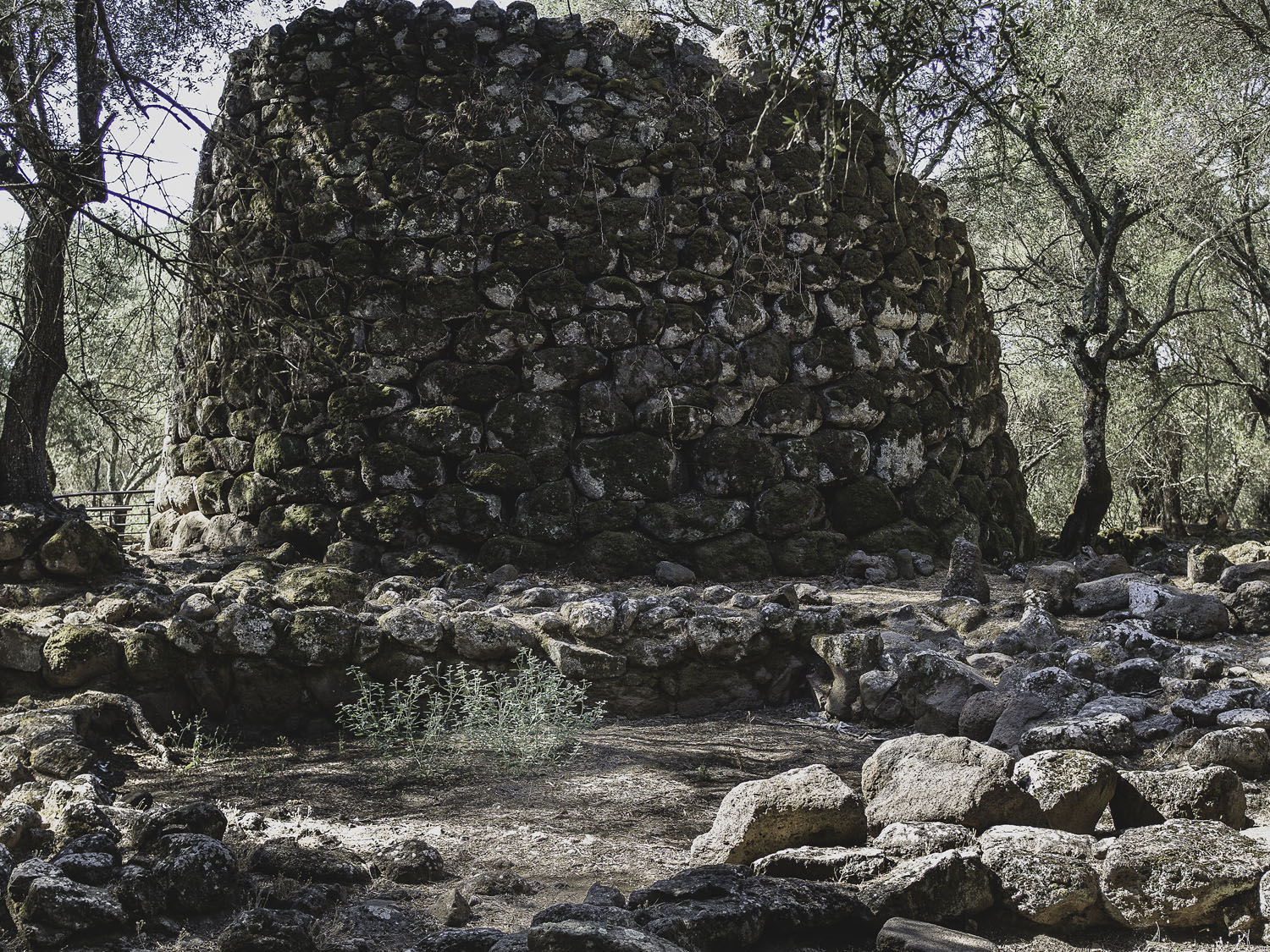
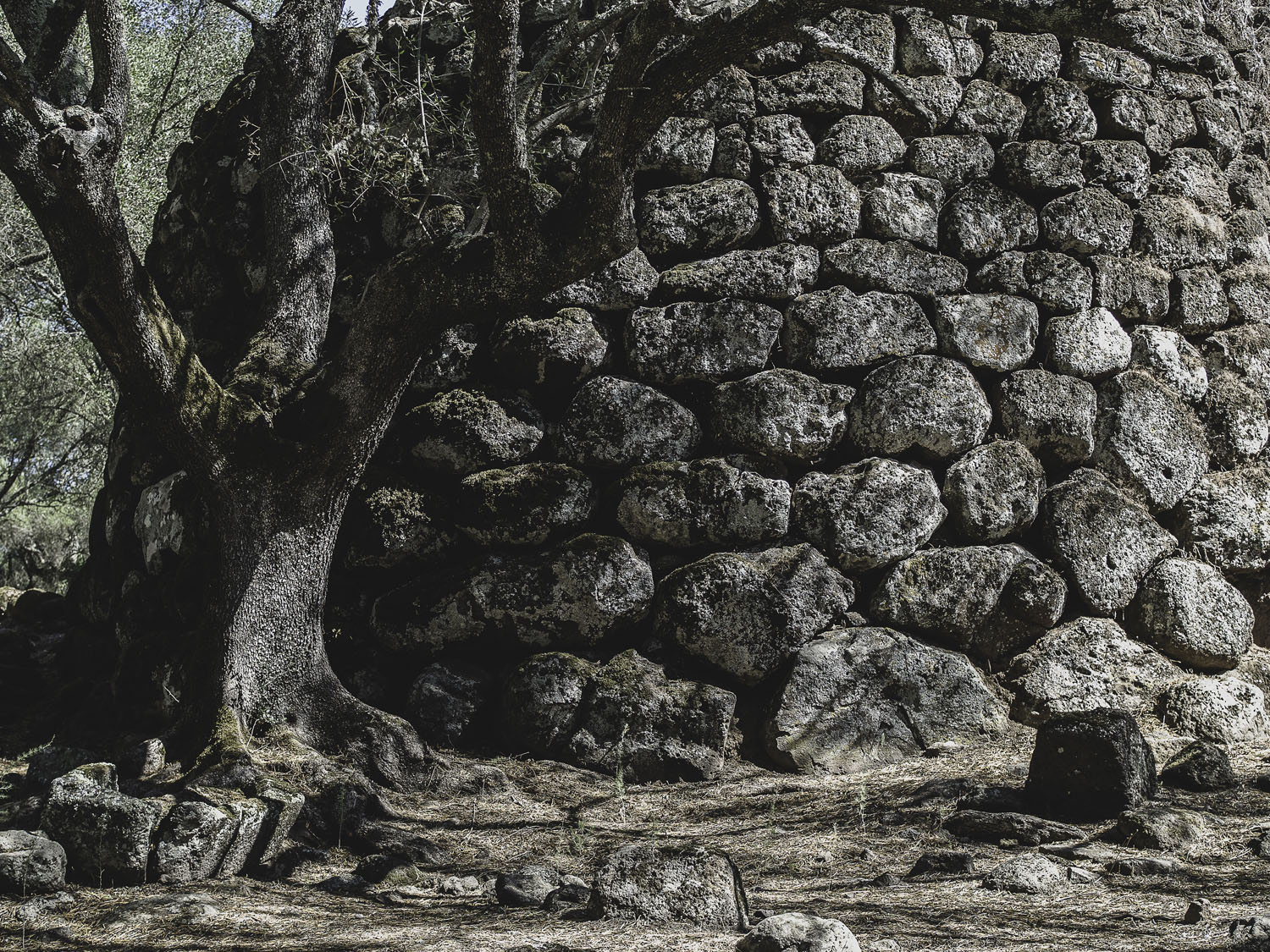
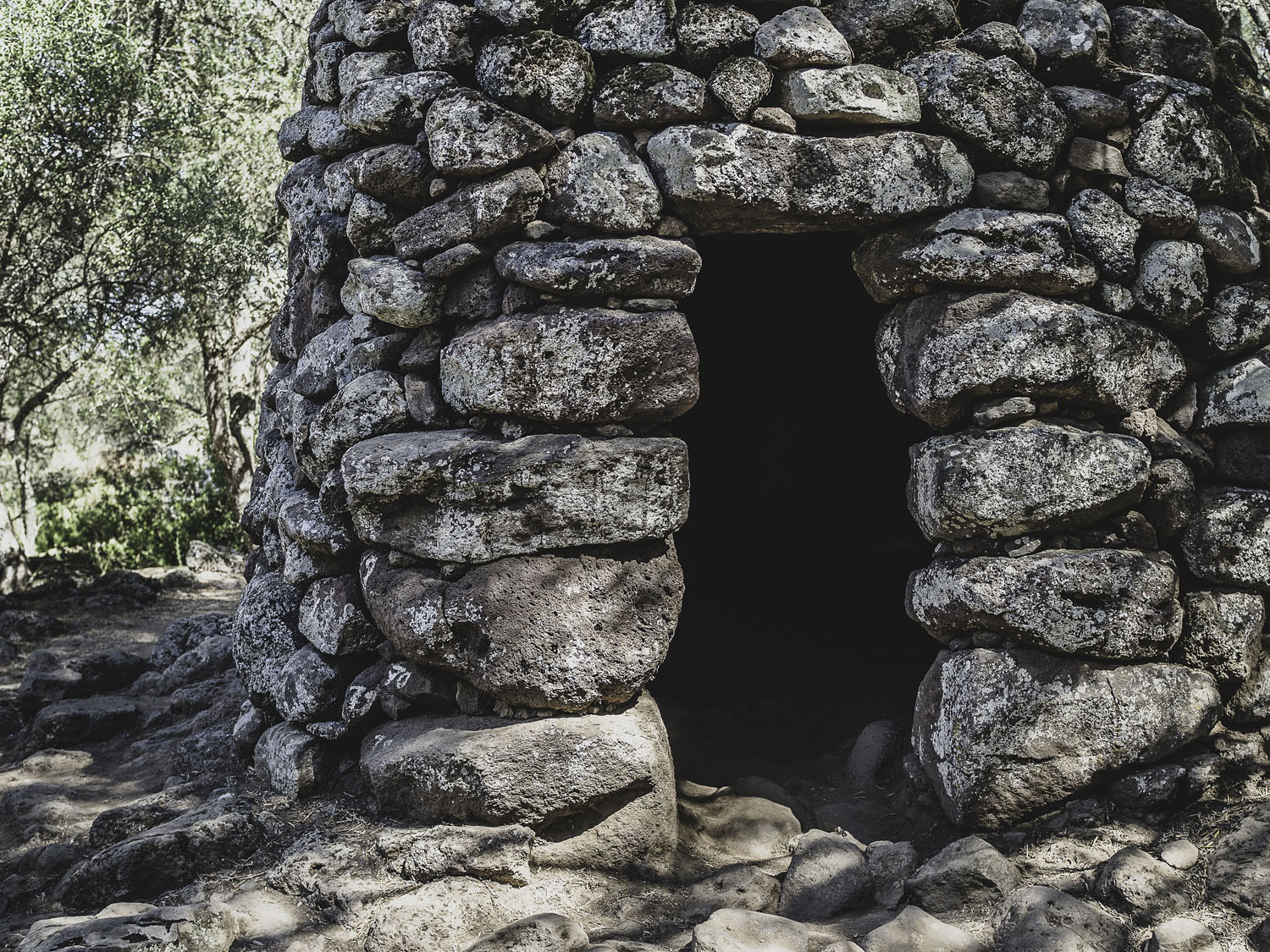
RIGHT: Olympus E-M5 MK II . Olympus M.Zuiko 25mmF1.8 . F/2.8 . 1/200” . ISO 200
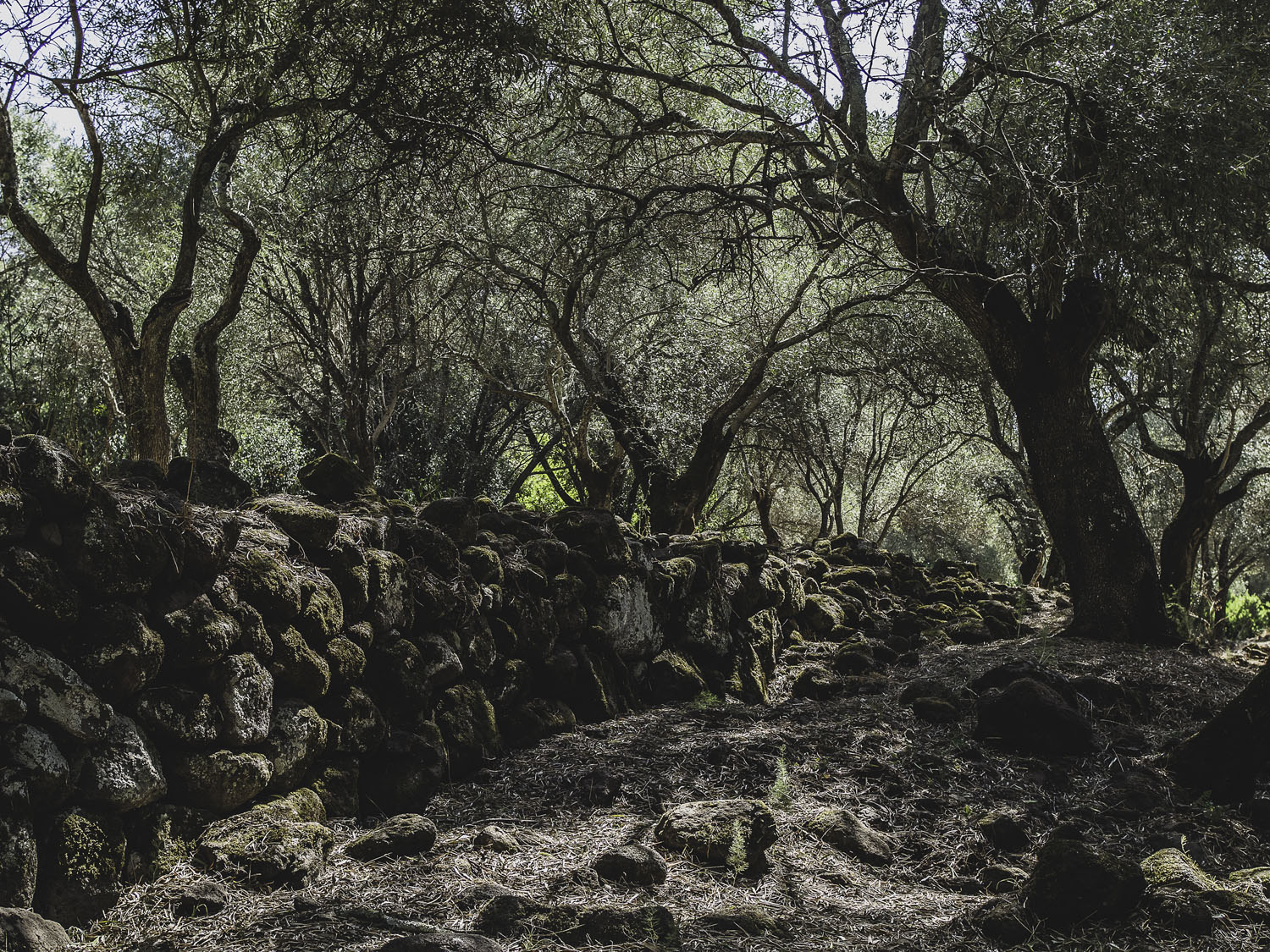
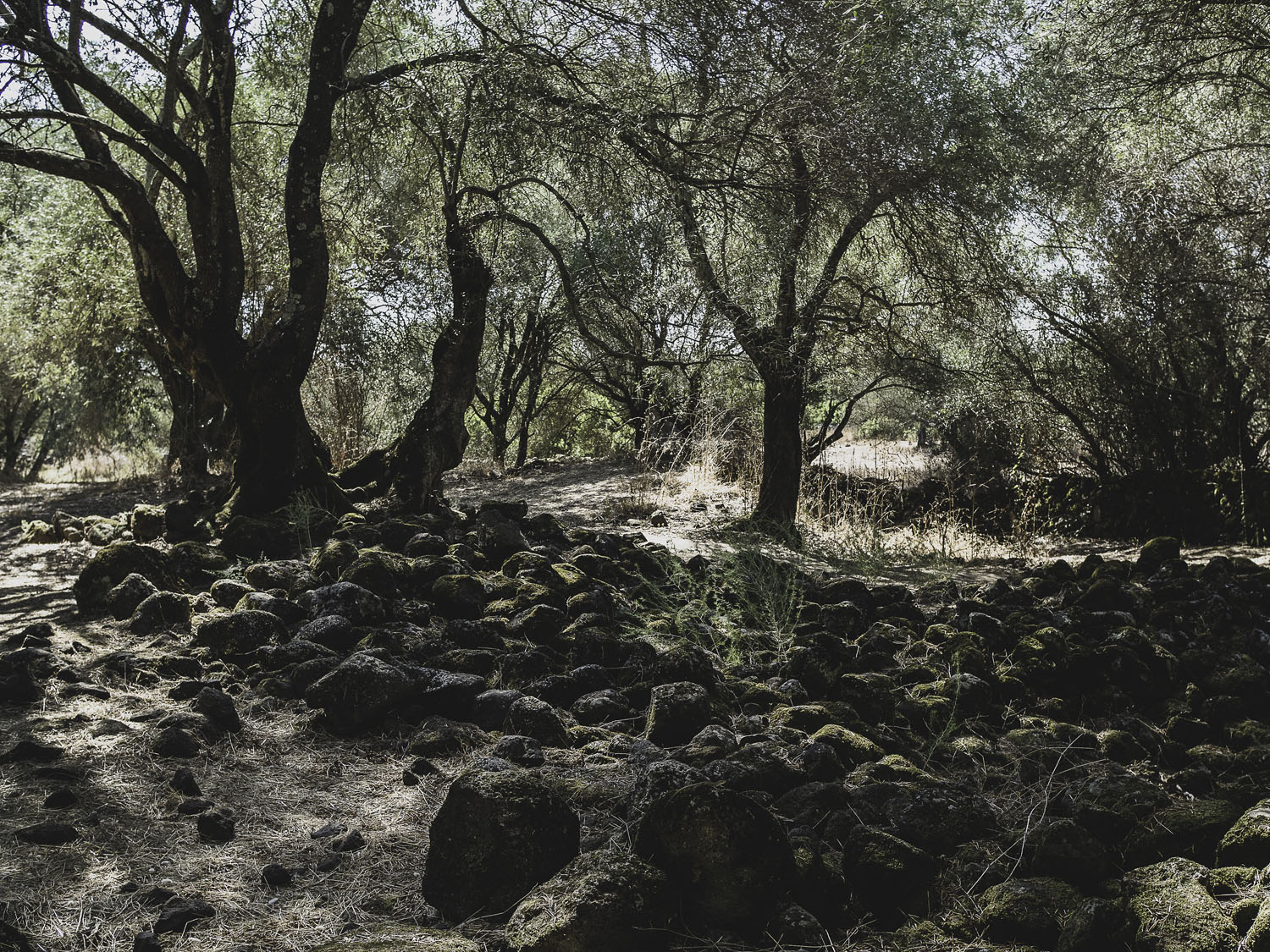
RIGHT: Olympus E-M5 MK II . Olympus M.Zuiko 25mmF1.8 . F/4.0 . 1/160” . ISO 200
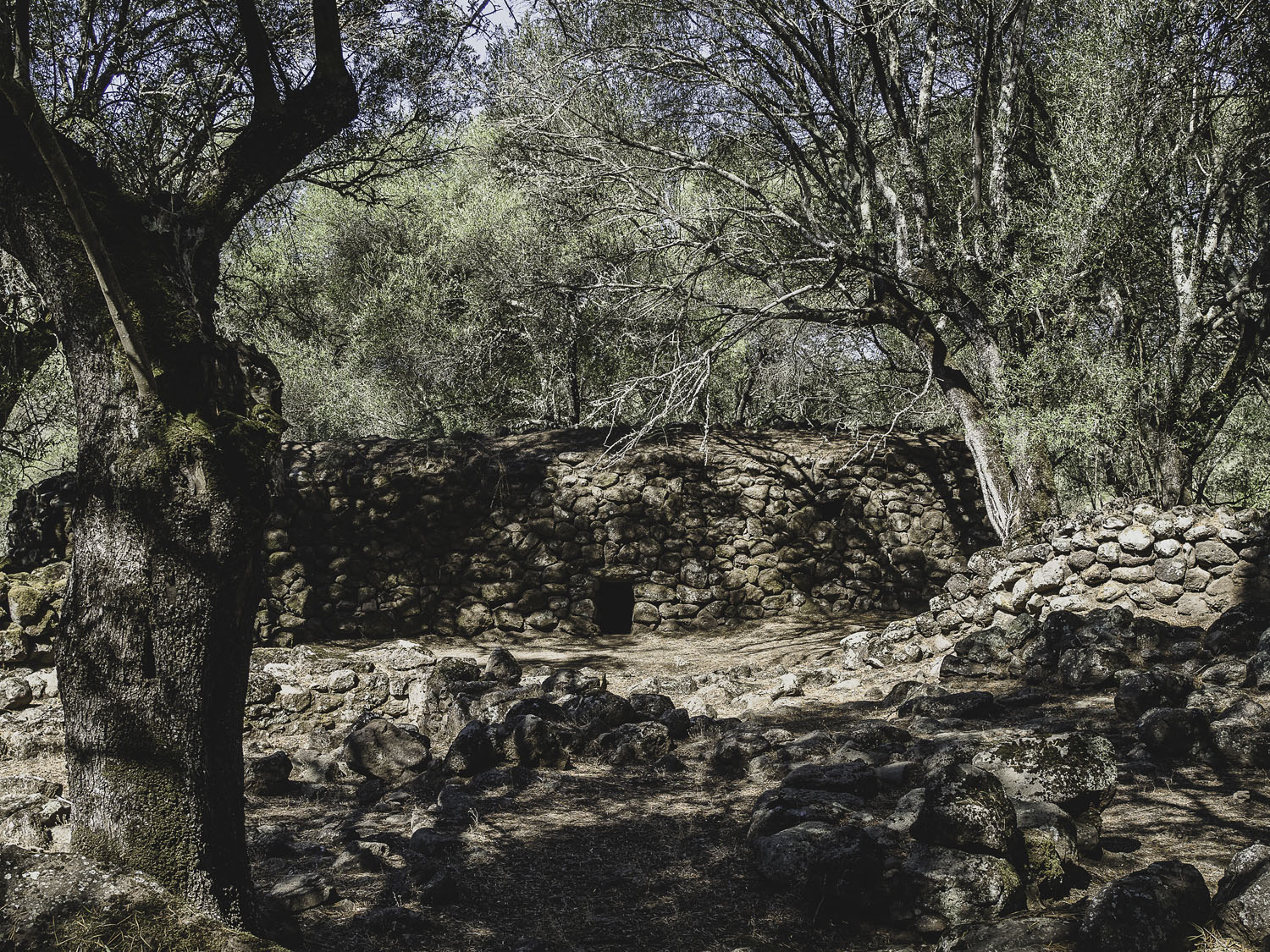
The beaches are very beautiful even if the classic tourist prefers those in the north, but I highly recommend a tour around here.
They are easily accessible by car.
My journey then continued eastwards and slightly northwards, into the interior of the island. This area is known as the Barbagie. I was interested in the feast of the Assumption on August 15th in the town of Orgosolo. The statue of the Madonna is carried in procession through the streets of the town, and together the women parade with traditional clothes and horses. A religious event deeply felt by the inhabitants of Orgosolo, also known as the city of murals.

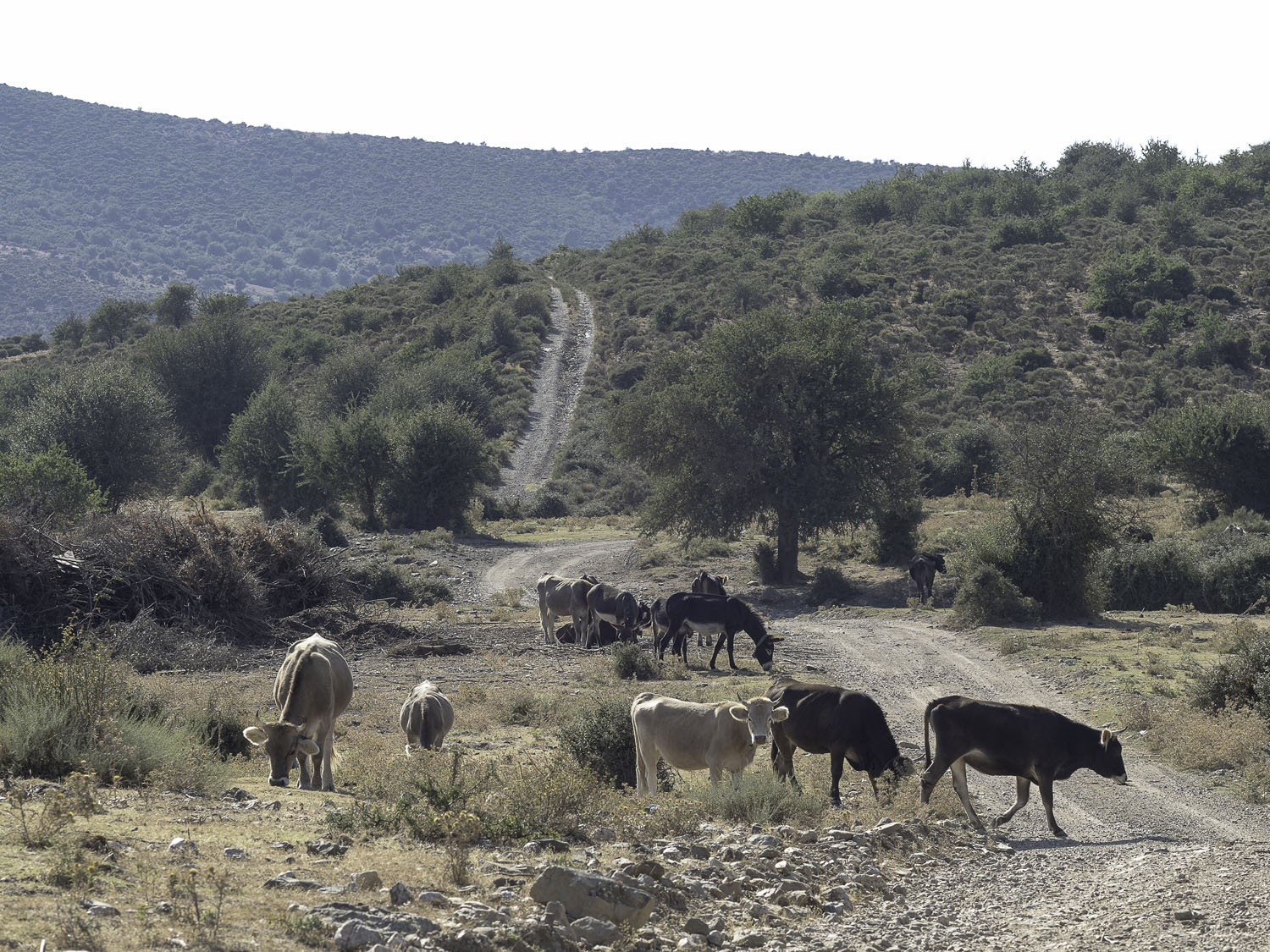
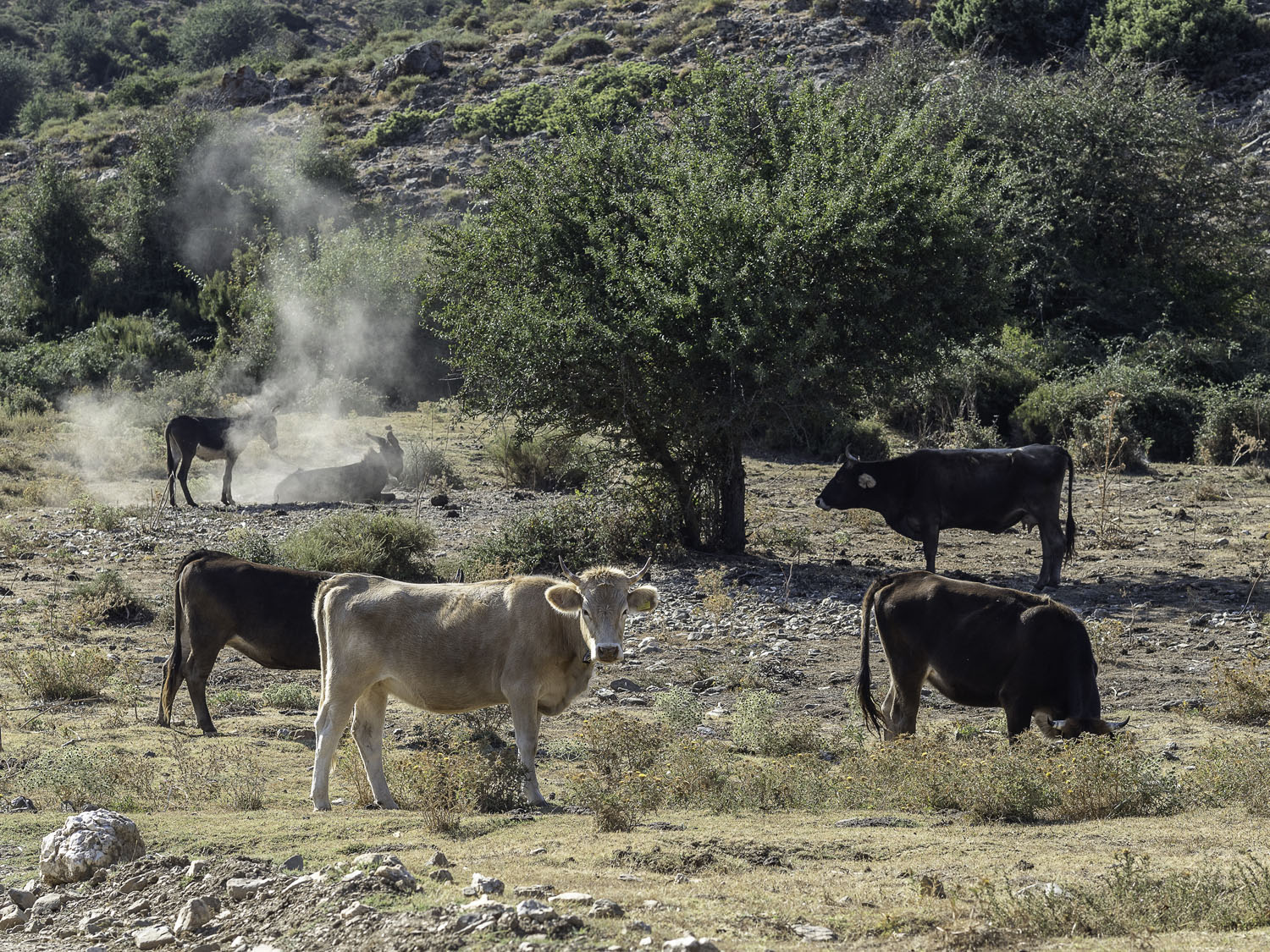
RIGHT: Olympus E-M5 MK II . Olympus M.Zuiko 75mmF1.8 . F/5.6 . 1/200” . ISO 200
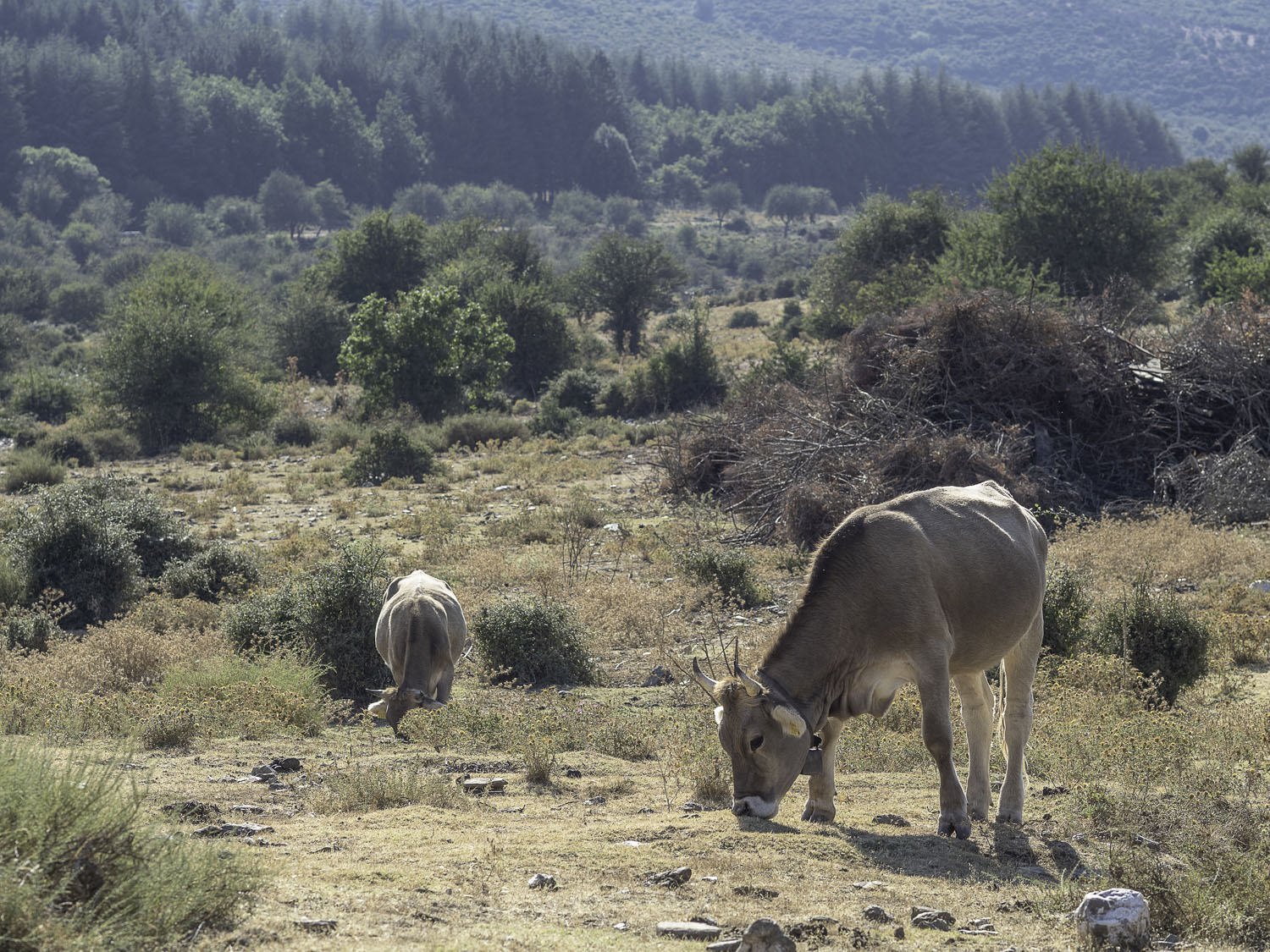
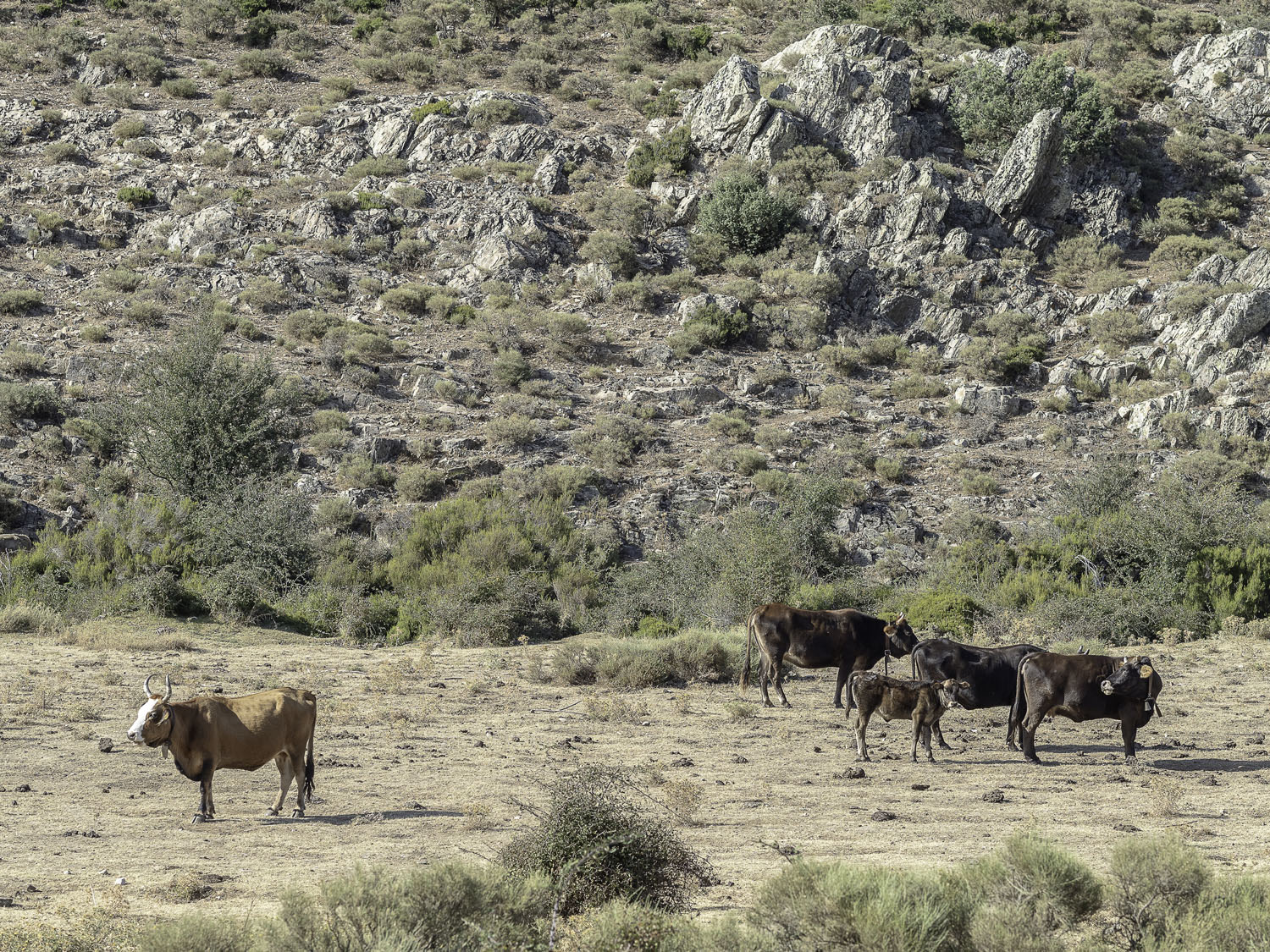
RIGHT: Olympus E-M5 MK II . Olympus M.Zuiko 75mmF1.8 . F/4.5 . 1/400” . ISO 200
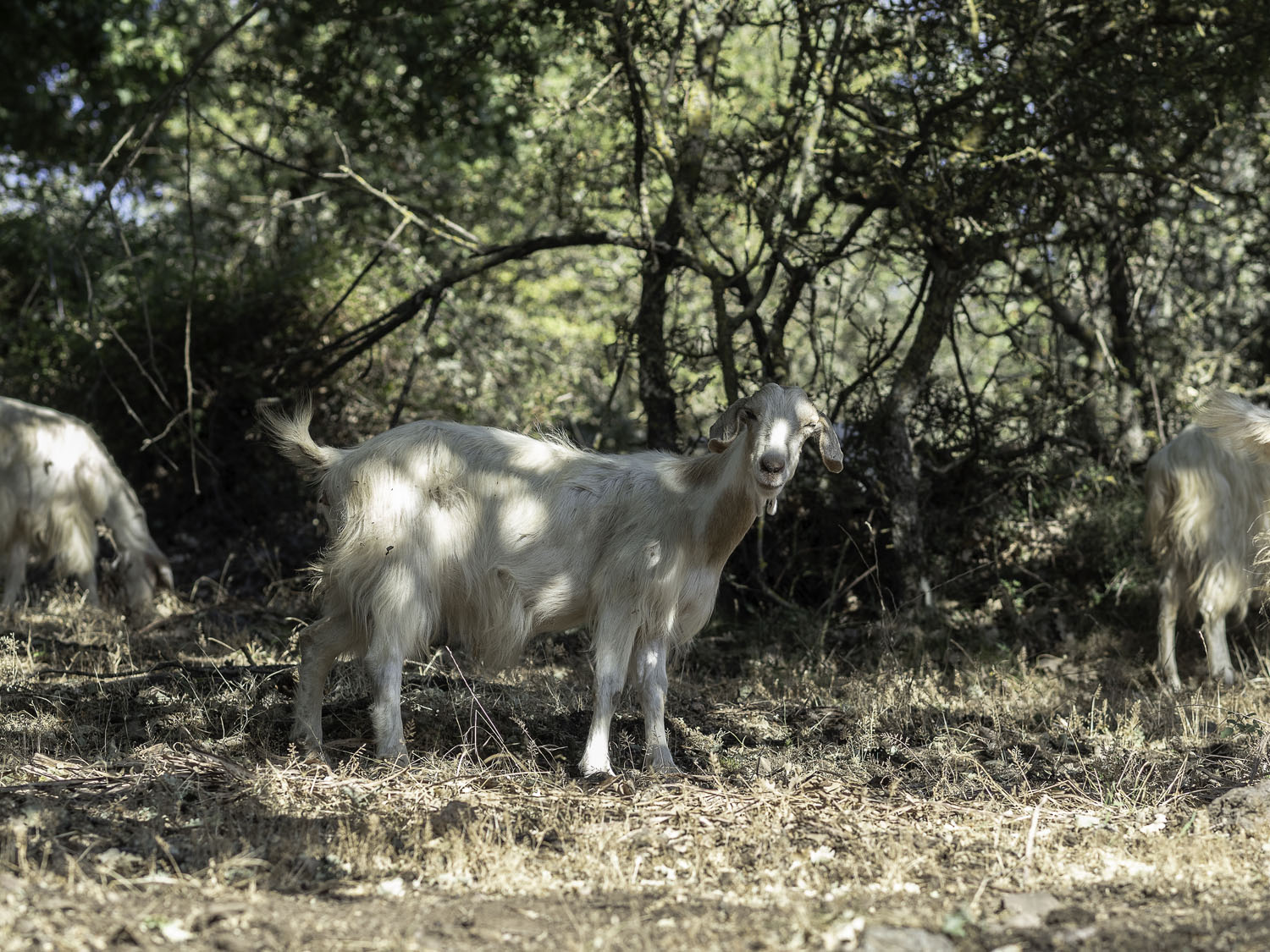
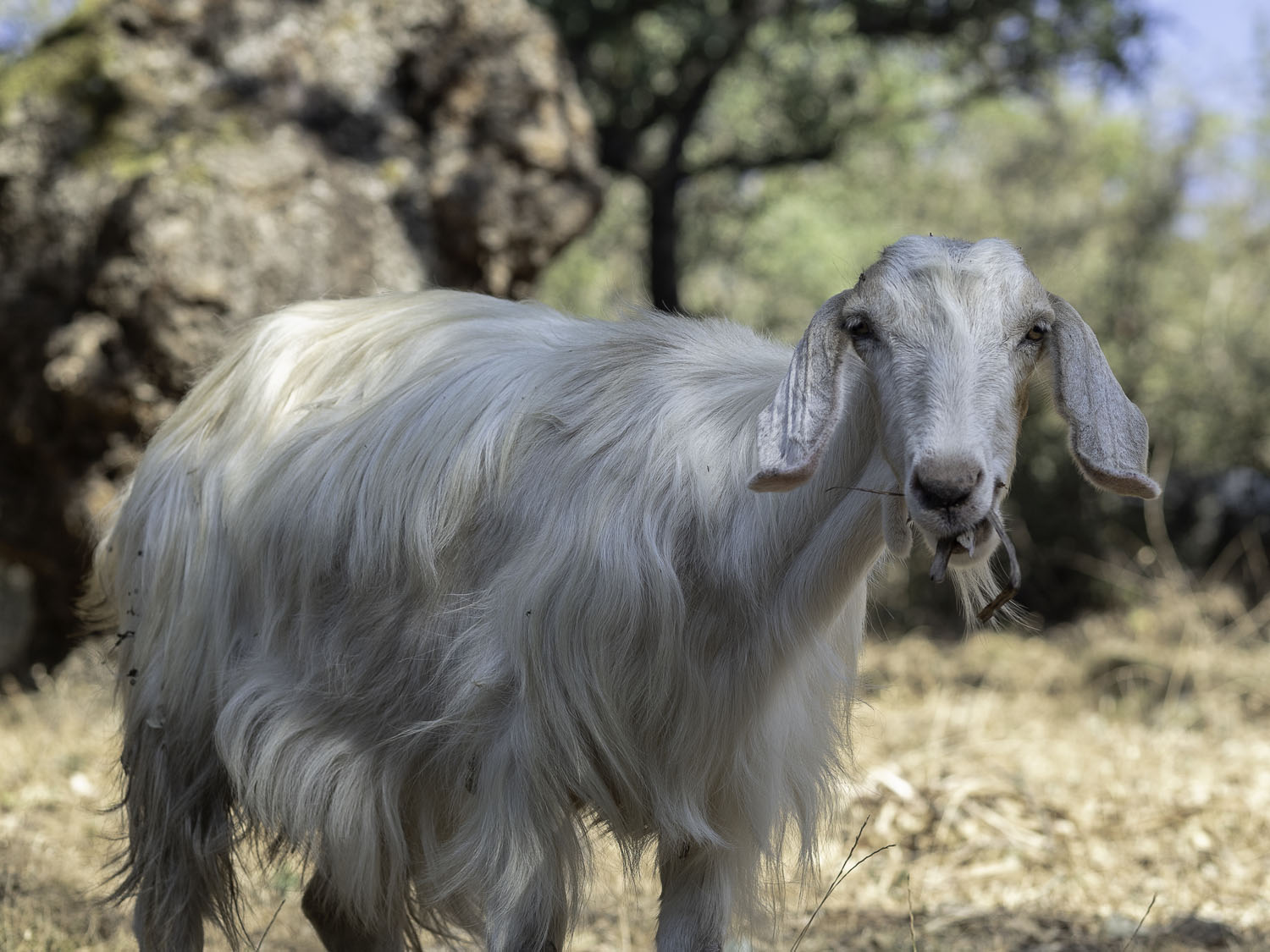
RIGHT: Olympus E-M5 MK II . Olympus M.Zuiko 75mmF1.8 . F/3.5 . 1/400” . ISO 200
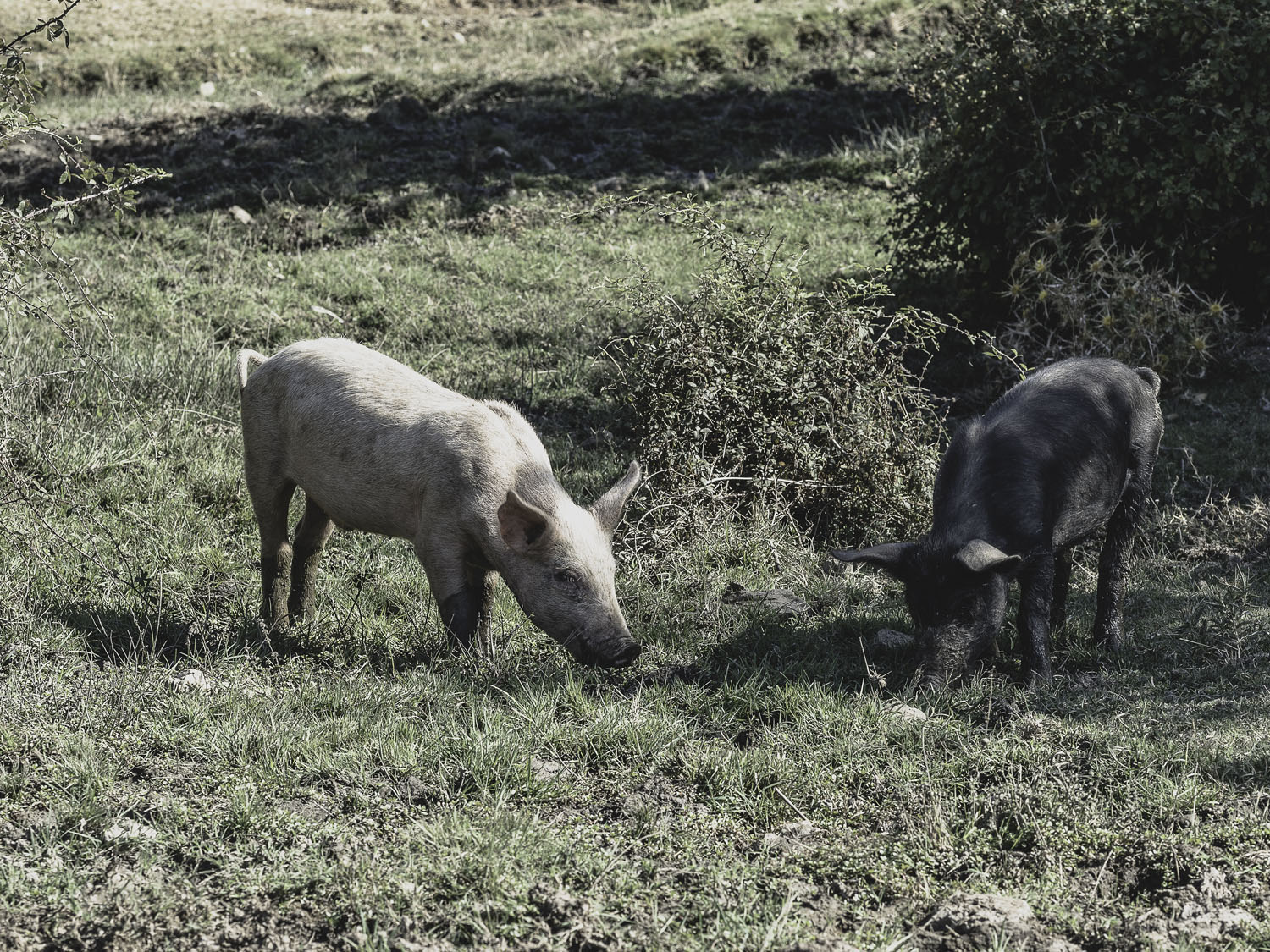
Before reaching Orgosolo I made a stop along the way, in the Mamoiada area. In the open countryside, it is easy to meet piglets, grazing cows that seem to be in the far west, donkeys and goats.
This is still a very agro-pastoral world. In the background are the mountains and below the grazing cattle surrounded by vegetation.
This landscape is extremely surreal and magical.
I have made several trips to Sardinia, but I feel that it is a land that has many things to tell. A land linked to the past, I like its strong character and its landscapes, it doesn’t take much to be fascinated by its colors. Summer evenings are full of pastel hues.
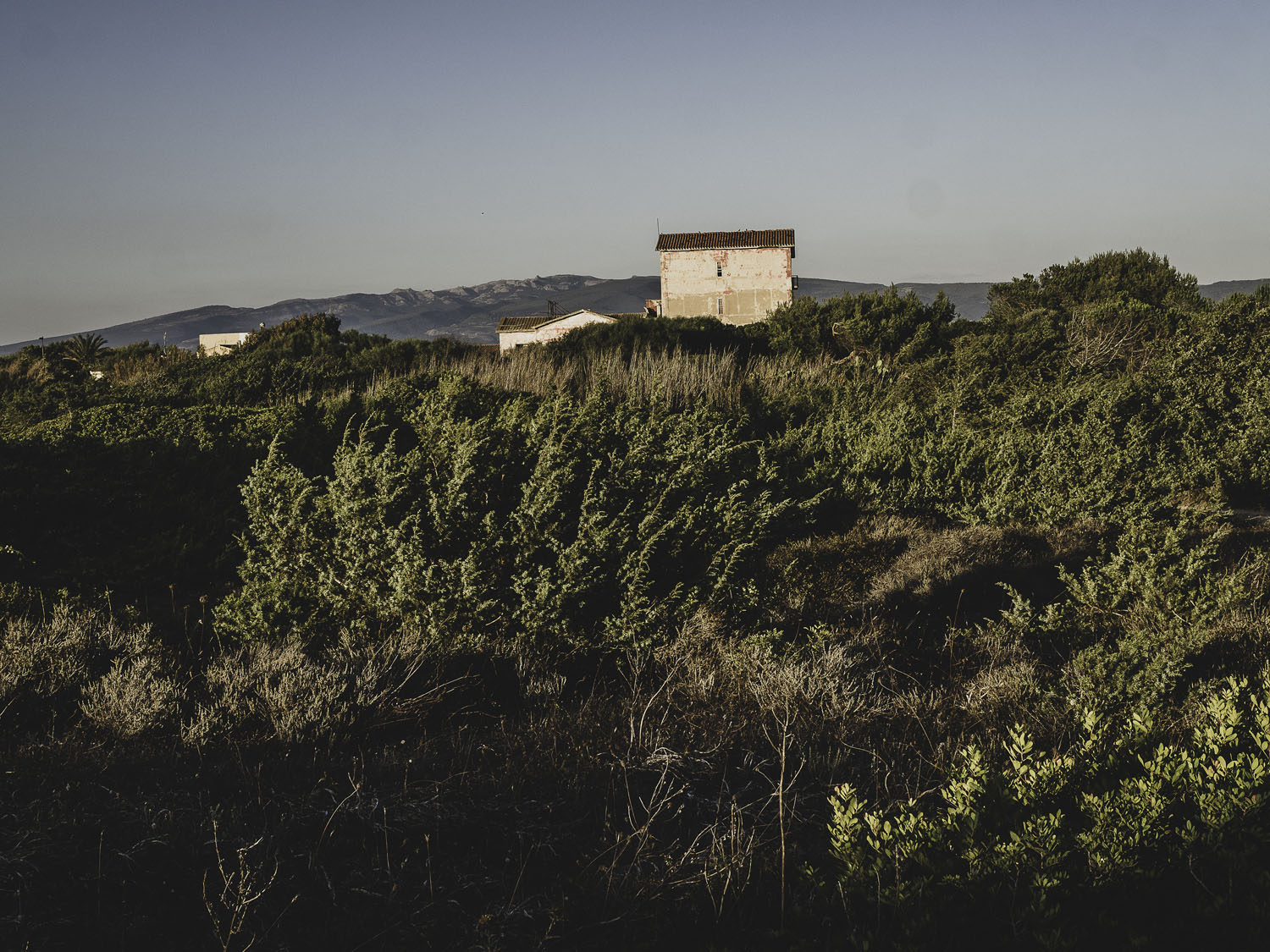
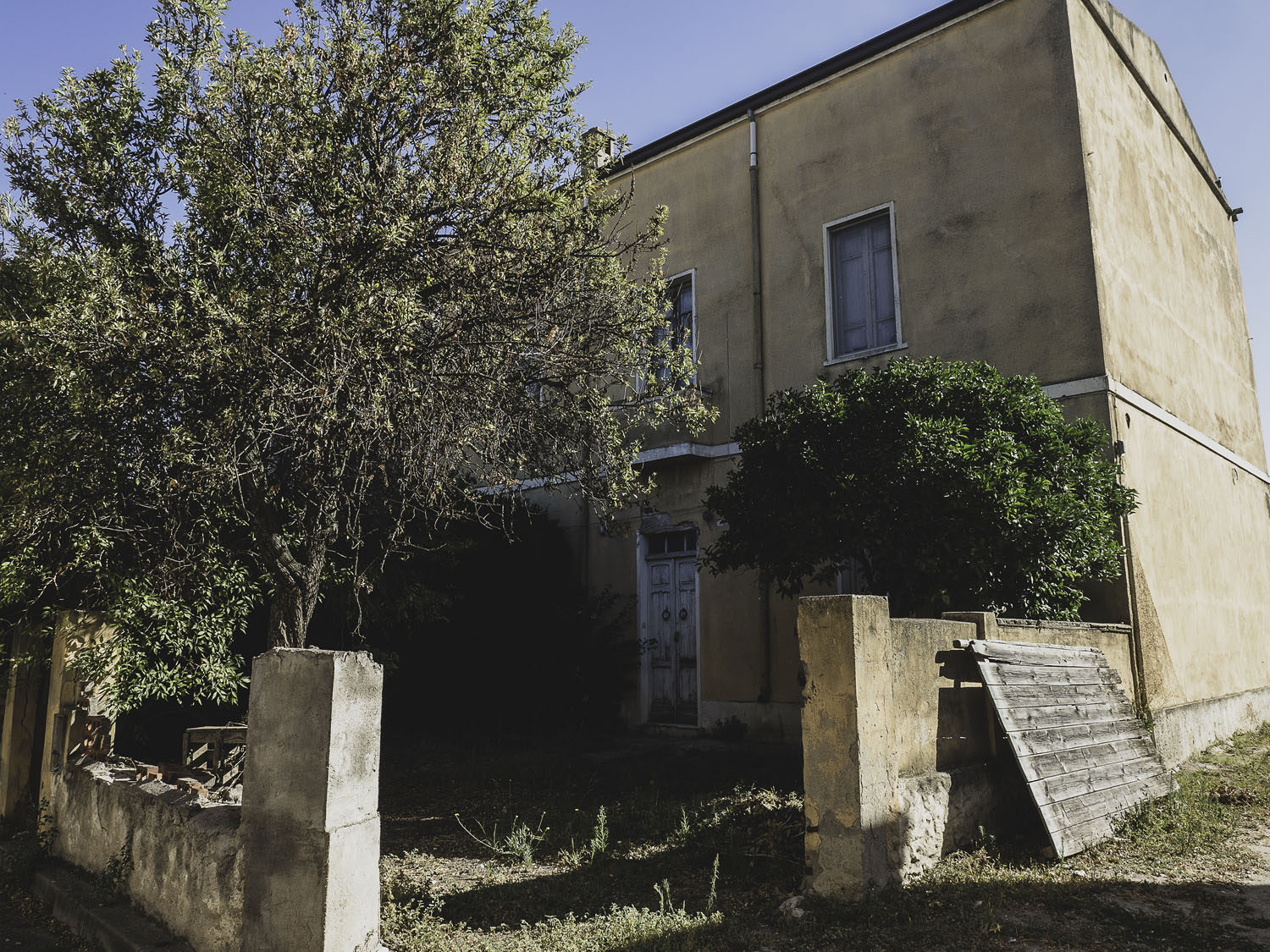
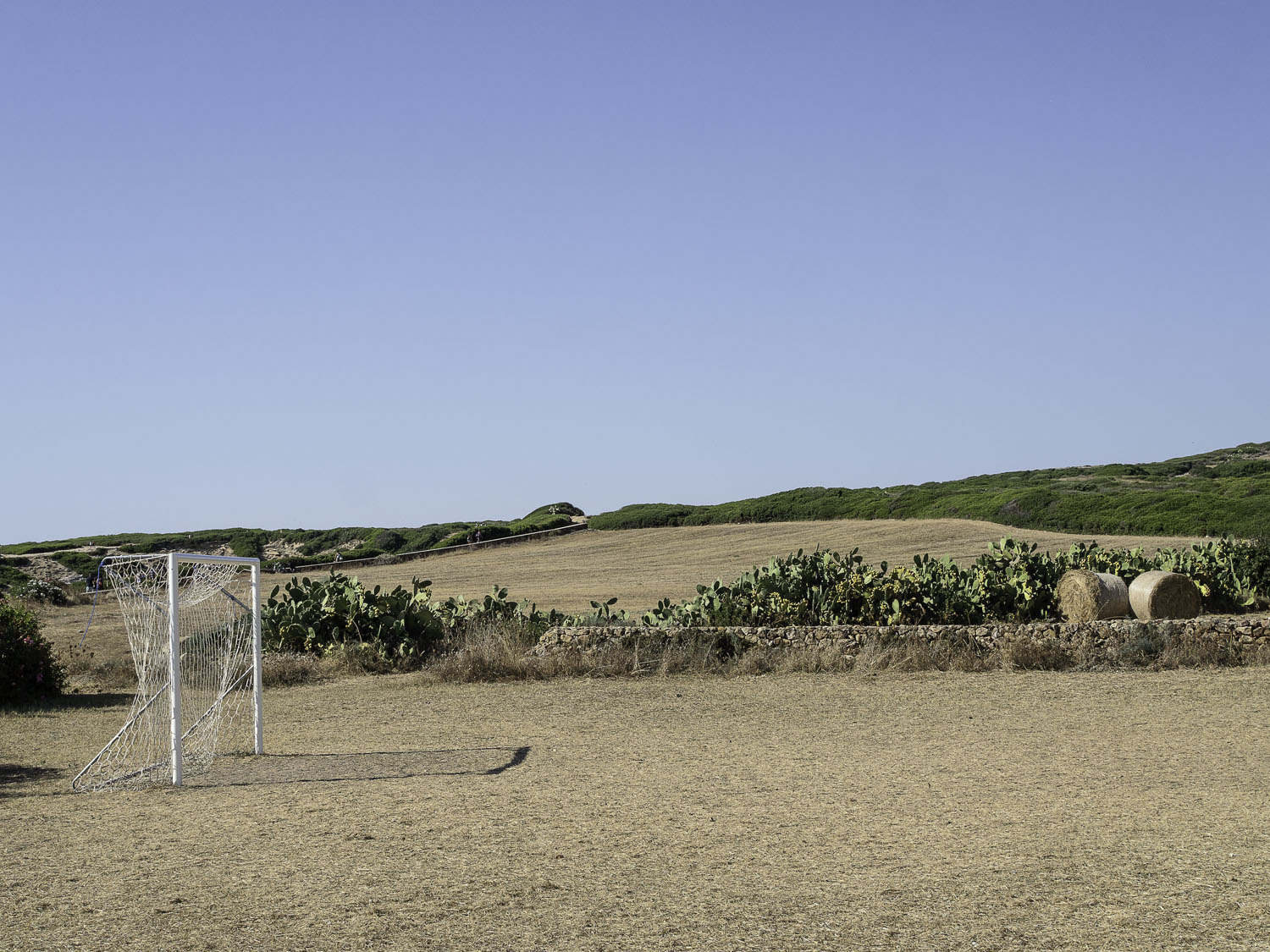
RIGHT: Olympus E-M5 MK II . Olympus M.Zuiko 25mmF1.8 . F/9 . 1/250” . ISO 200
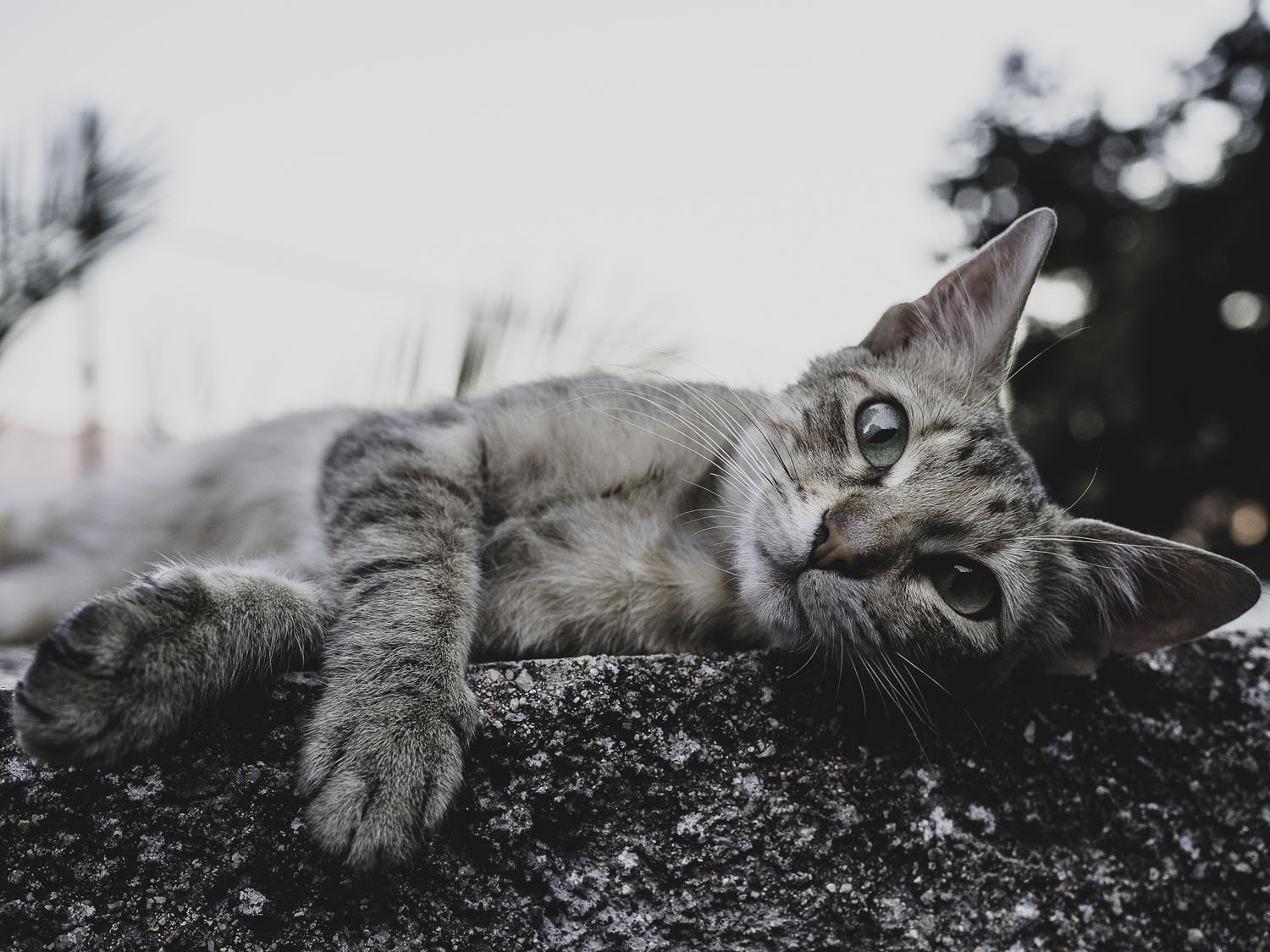
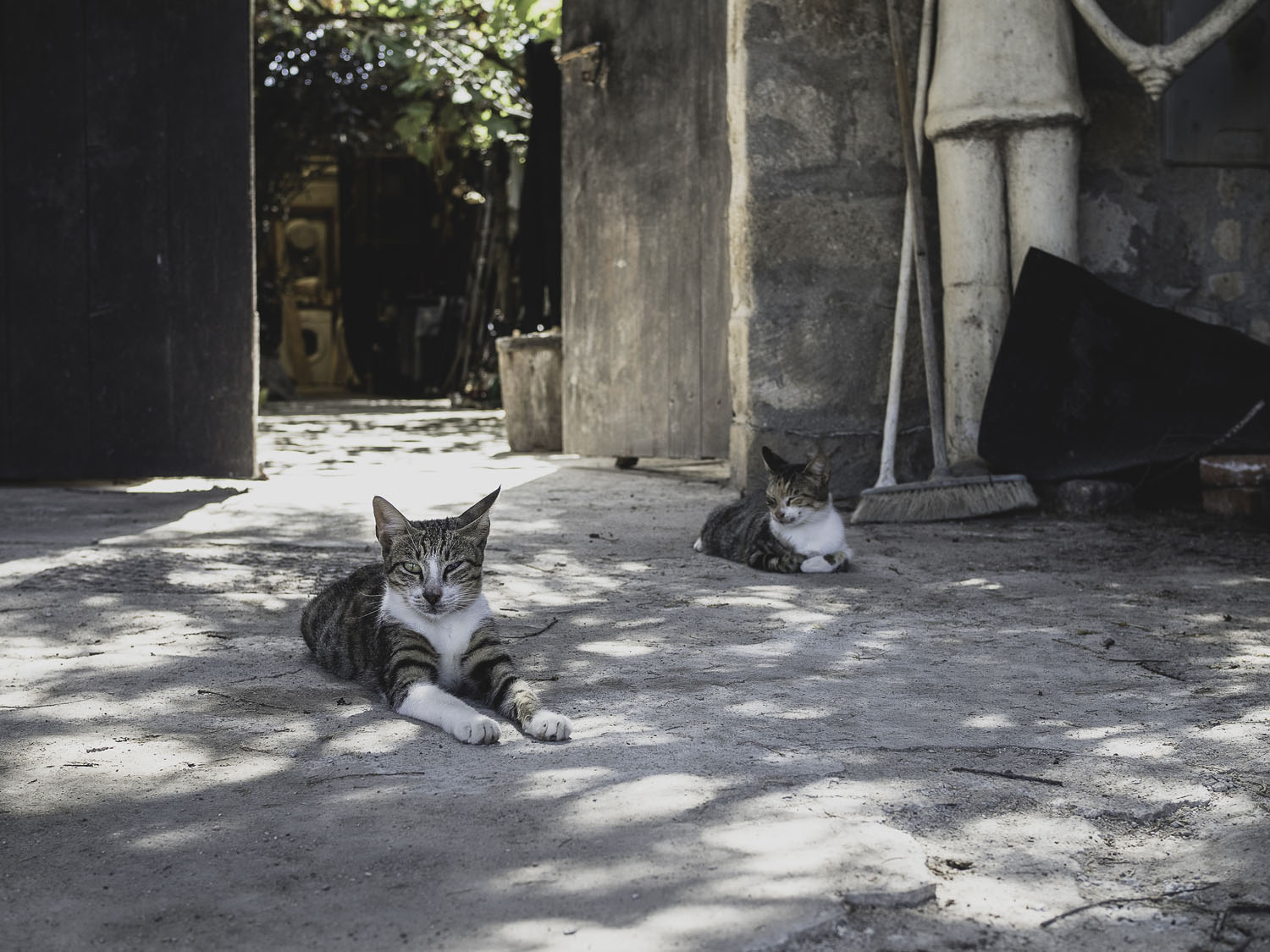
RIGHT: Olympus E-M5 MK II . Olympus M.Zuiko 25mmF1.8 . F/3.2 . 1/160” . ISO 200
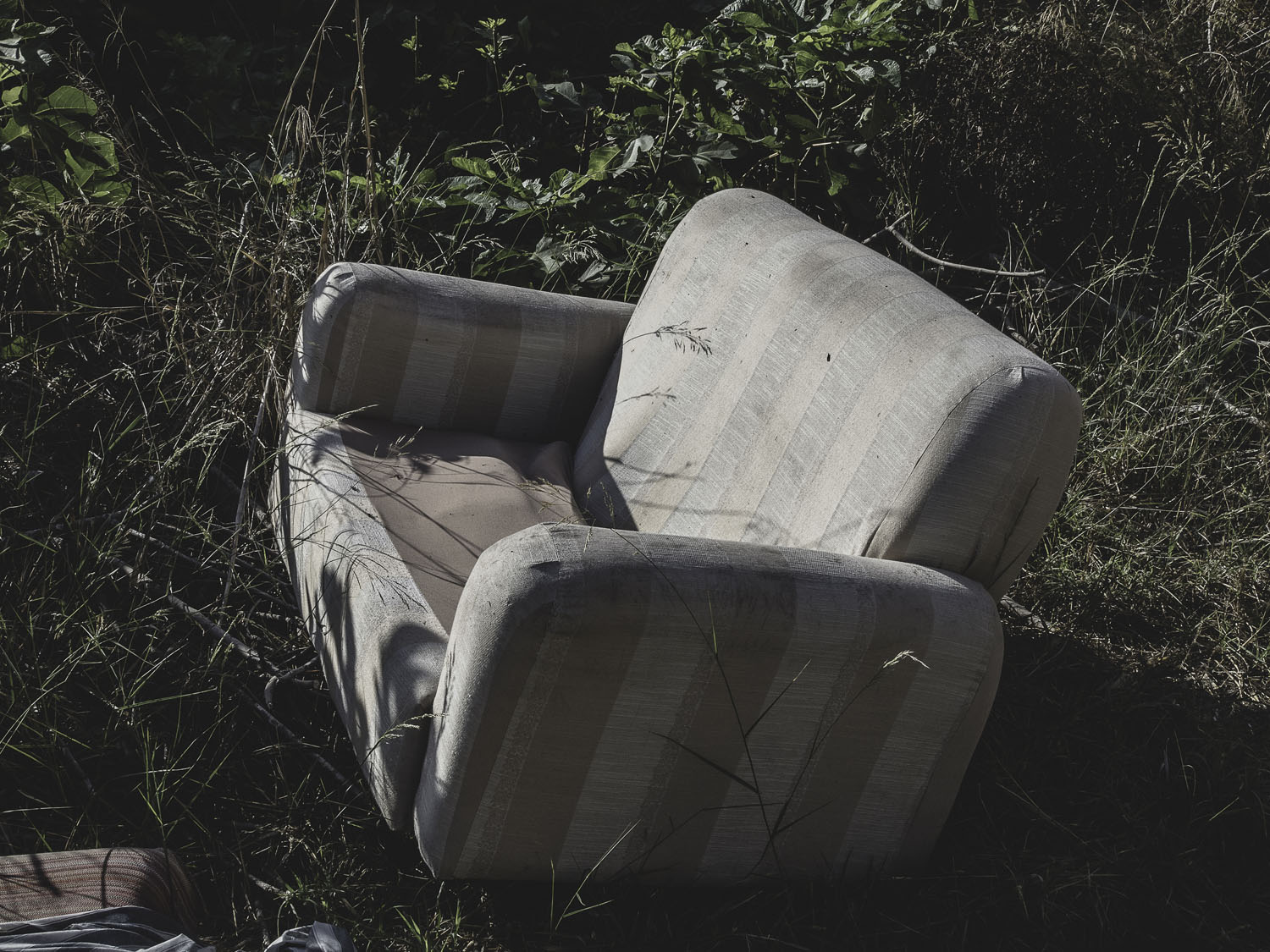
My first impression on my first trip to this beautiful island was that of a wild land. Sardinia is not the classic Italian region that you visit for its monuments or artistic riches even if you have them, it is a region that you visit for the contact with nature, traditions and its excellent cuisine.
I would also like to add that Sardinia is a wonderful destination for a photographer who wants to tell and discover. My travels have been mainly on the west coast but driving along the roads to reach the embarkations I have seen beautiful landscapes that one day I would like to visit, get to know the places and people, document lifestyles that seem far away from us who live in chaotic cities and never stop anymore.
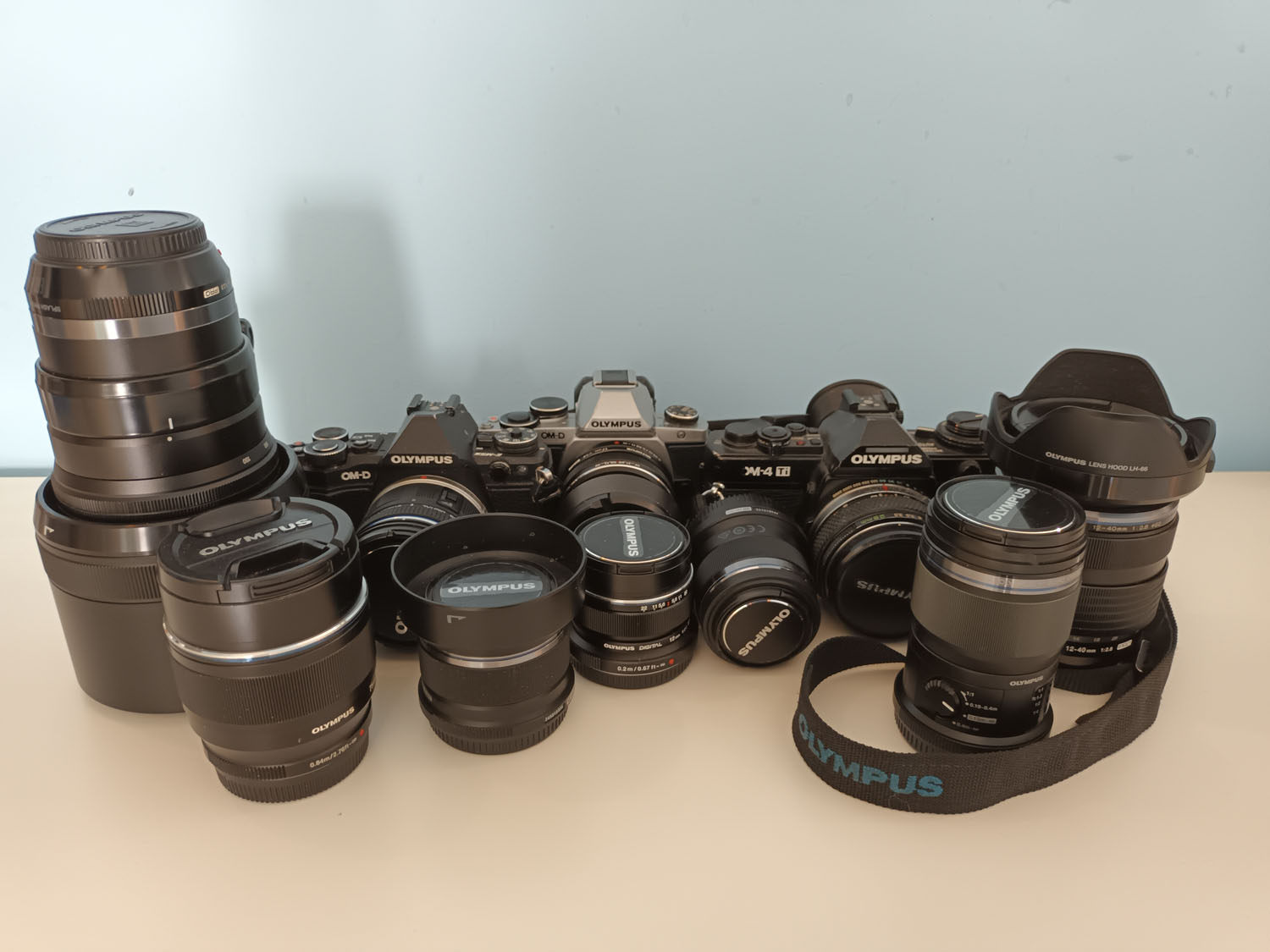
During my trip, I brought my Olympus equipment with me to take the photographs. A very light piece of equipment that those who know the Micro 43 know very well. I own an OM-D E-M5 Mark II and different lenses but for this trip, I brought the 12mm F2, 25mm F1.8 and the 75mm F1.8 just to have different lenses with me for different types of situations but also particularly light. In my opinion, they turned out to be excellent for dealing with the situations in which I found myself.
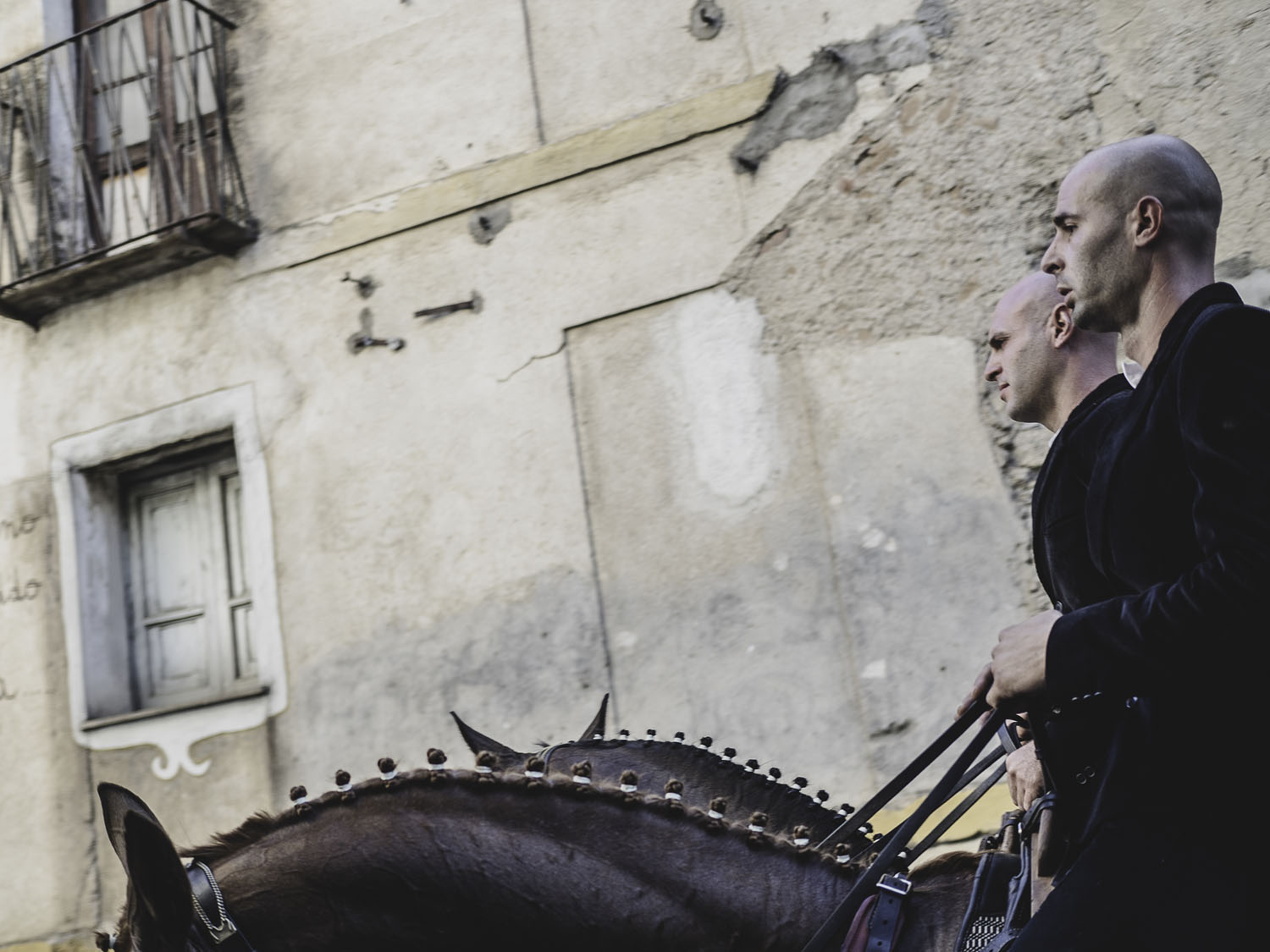
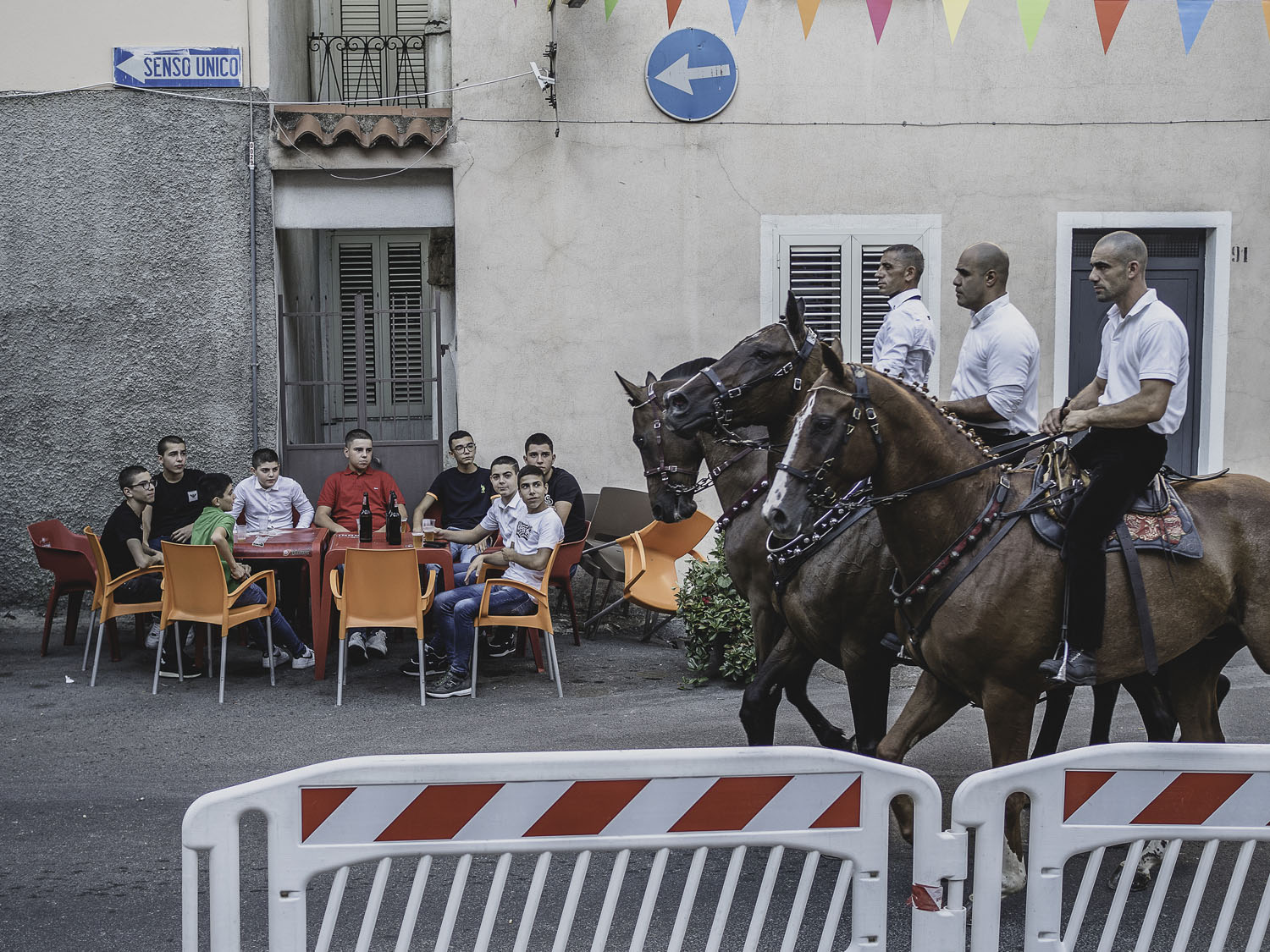
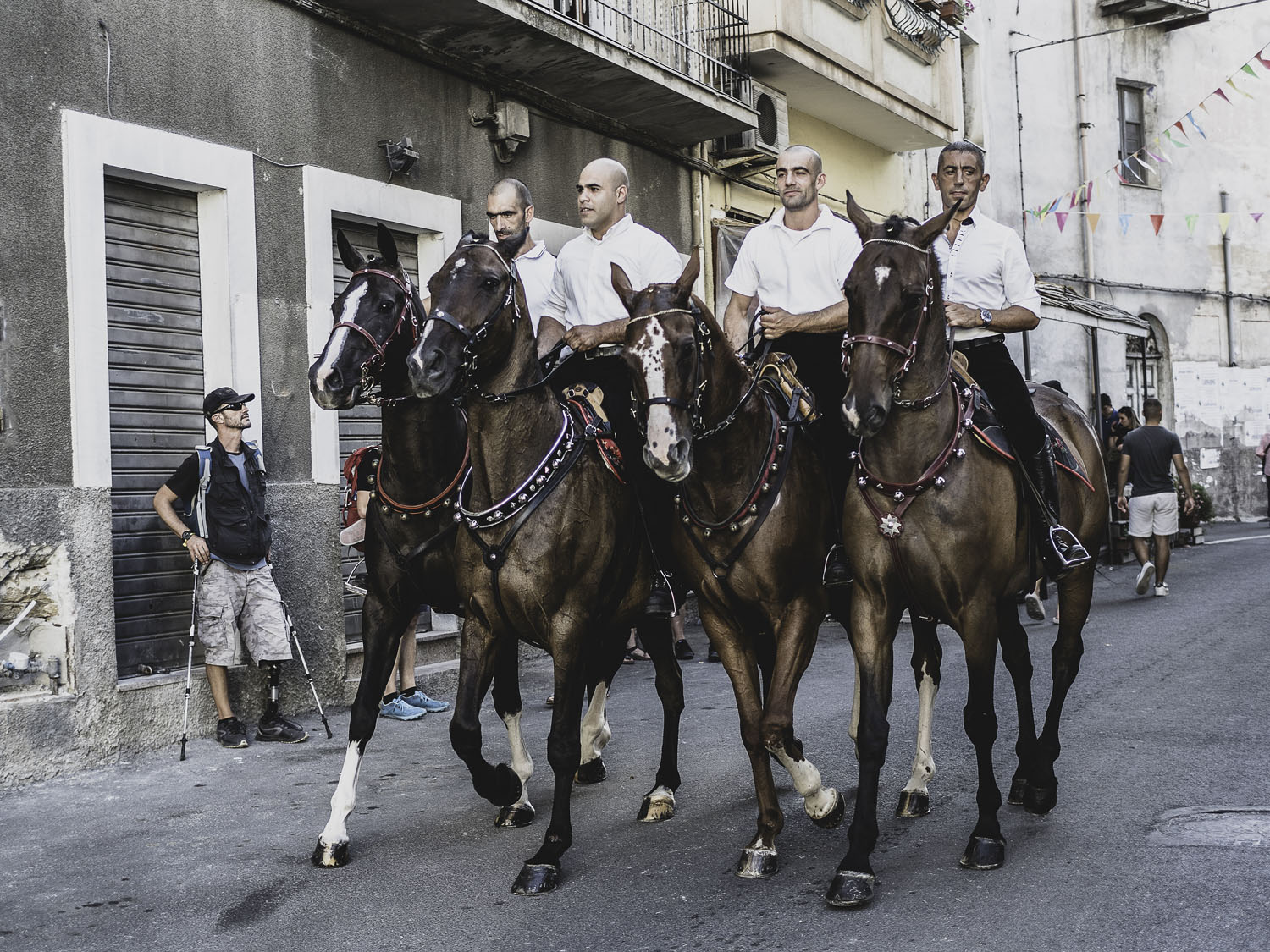
RIGHT: Olympus E-M5 MK II . Olympus M.Zuiko 25mmF1.8 . F/1.8 . 1/400” . ISO 200
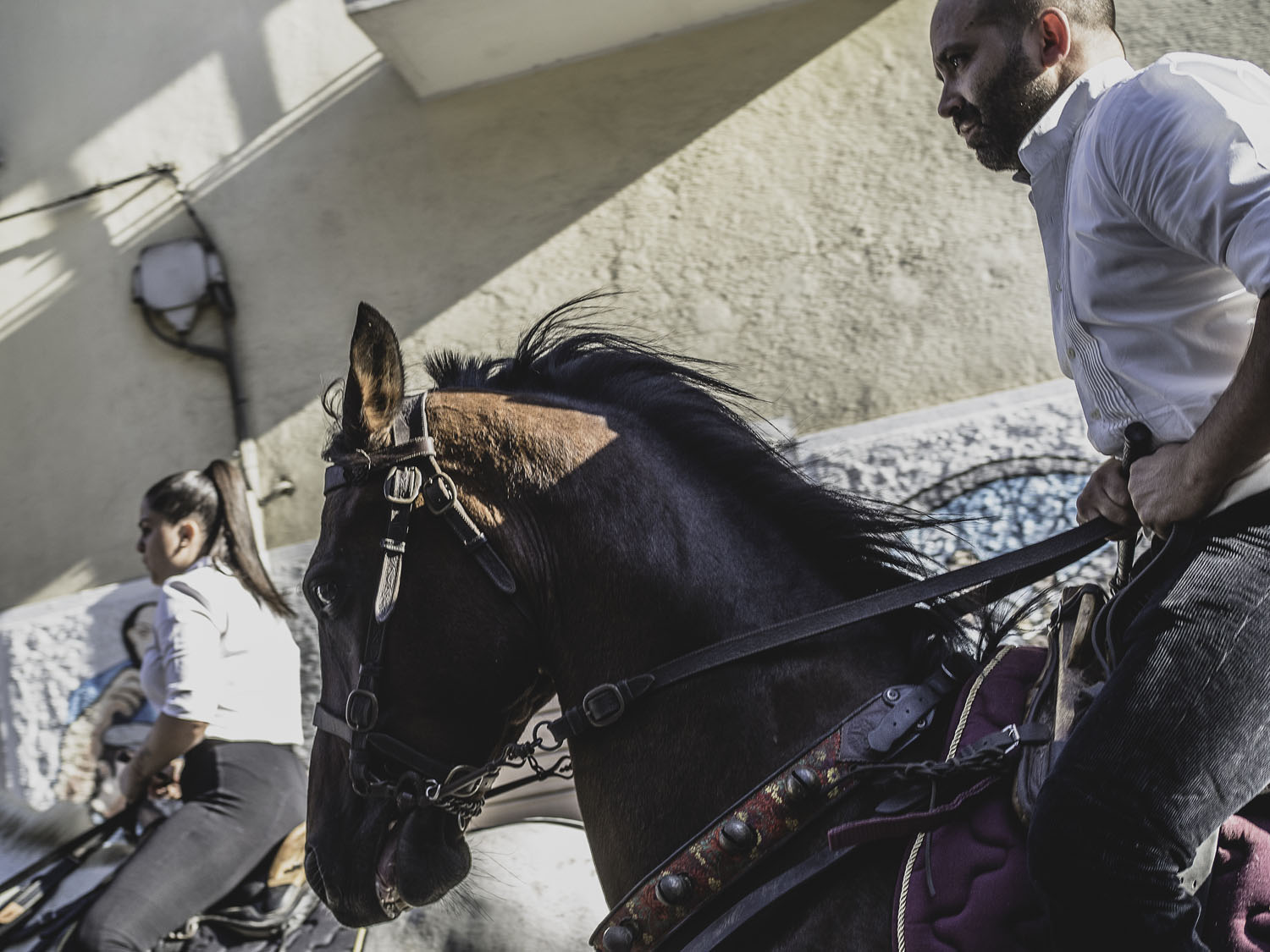
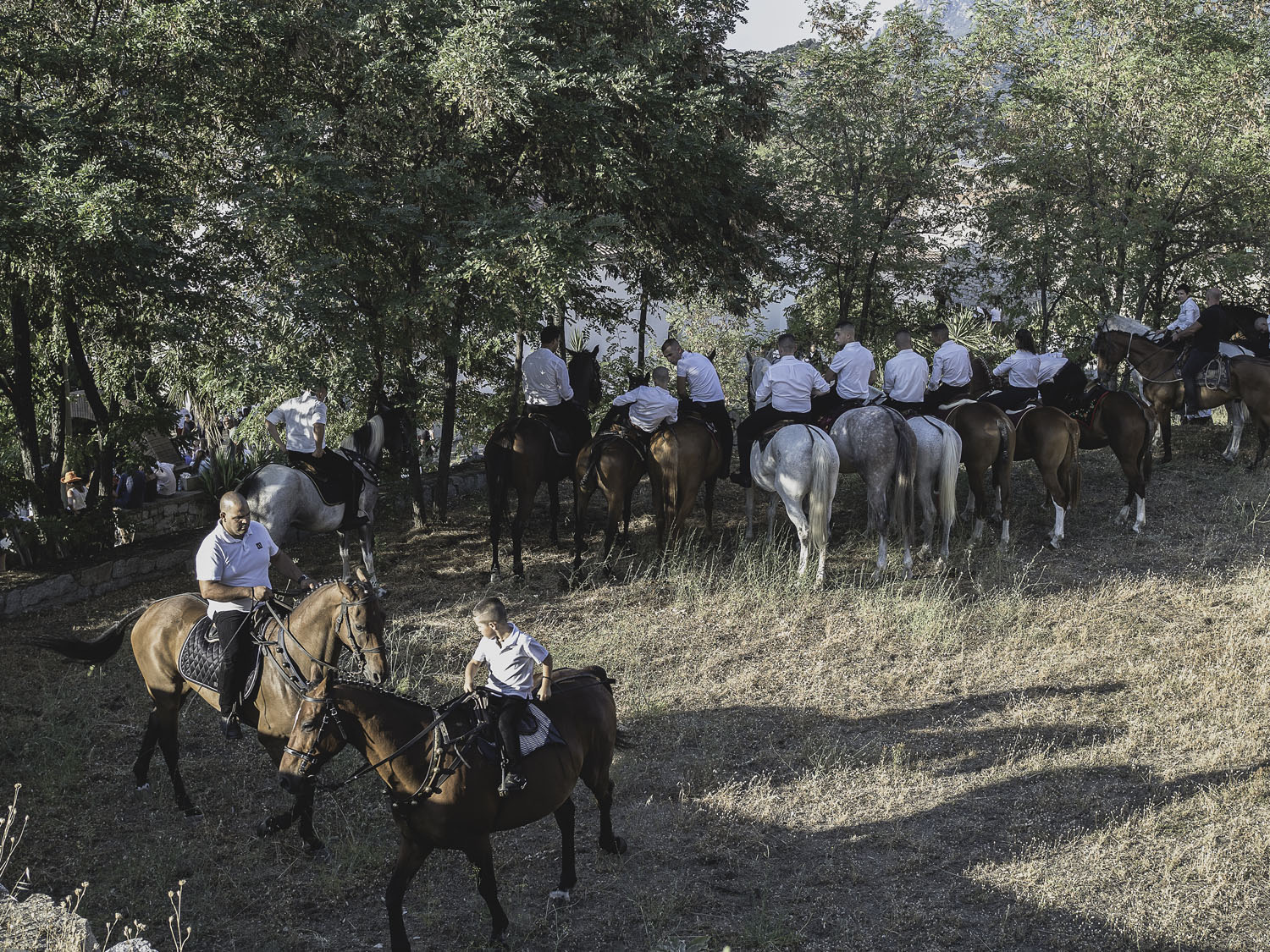
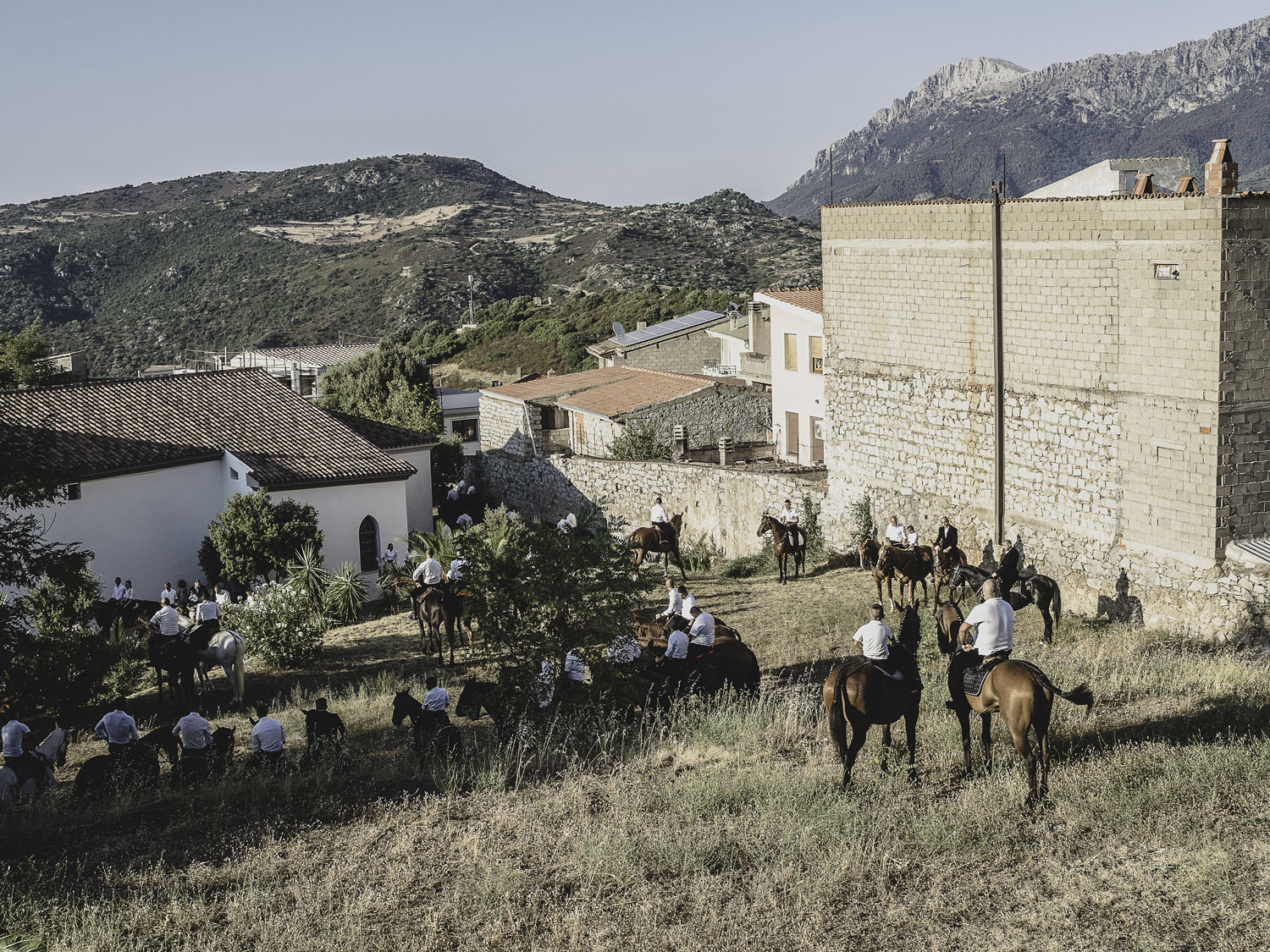
RIGHT: Olympus E-M5 MK II . Olympus M.Zuiko 25mmF1.8 . F/6.3 . 1/200” . ISO 200
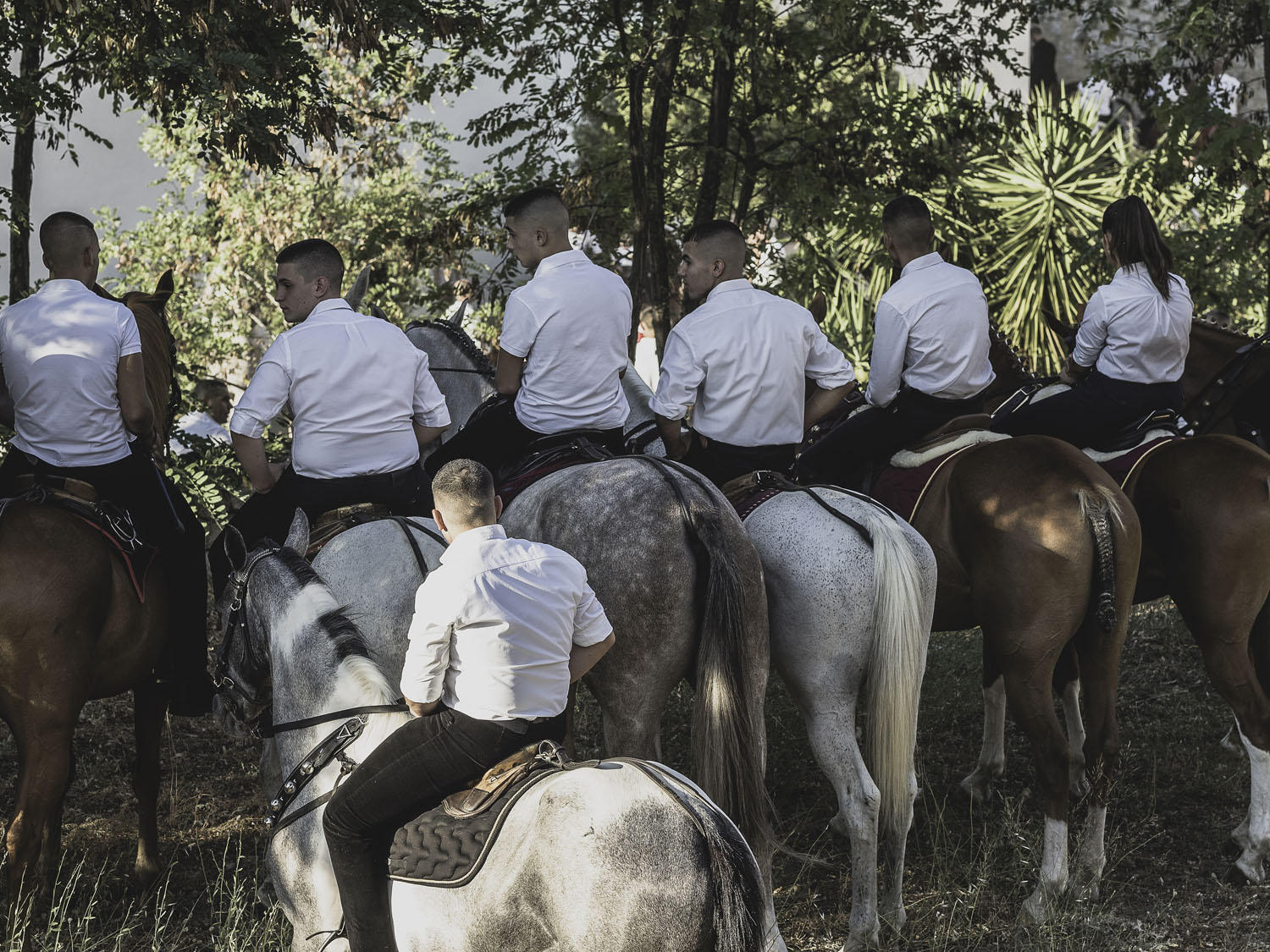
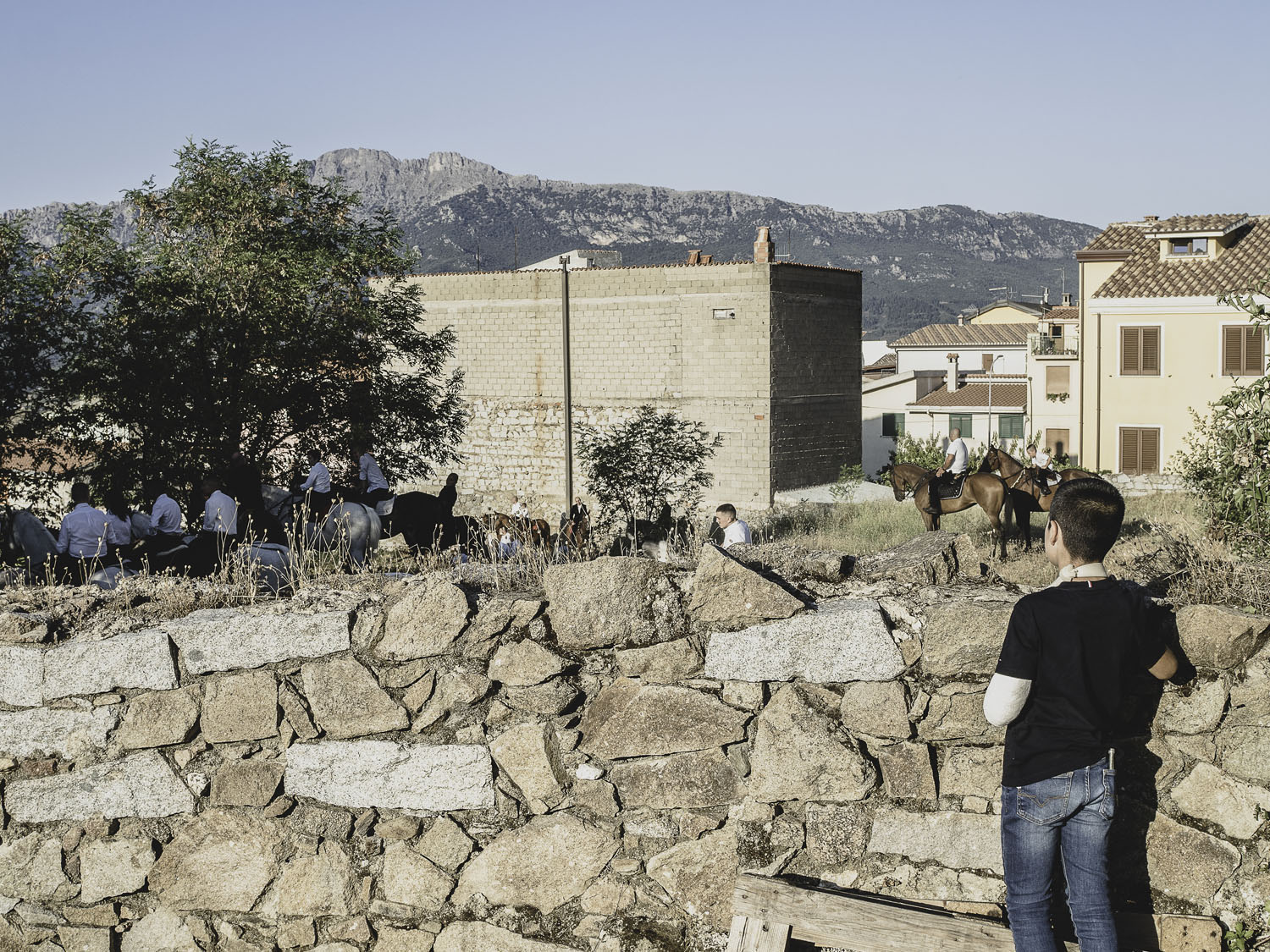
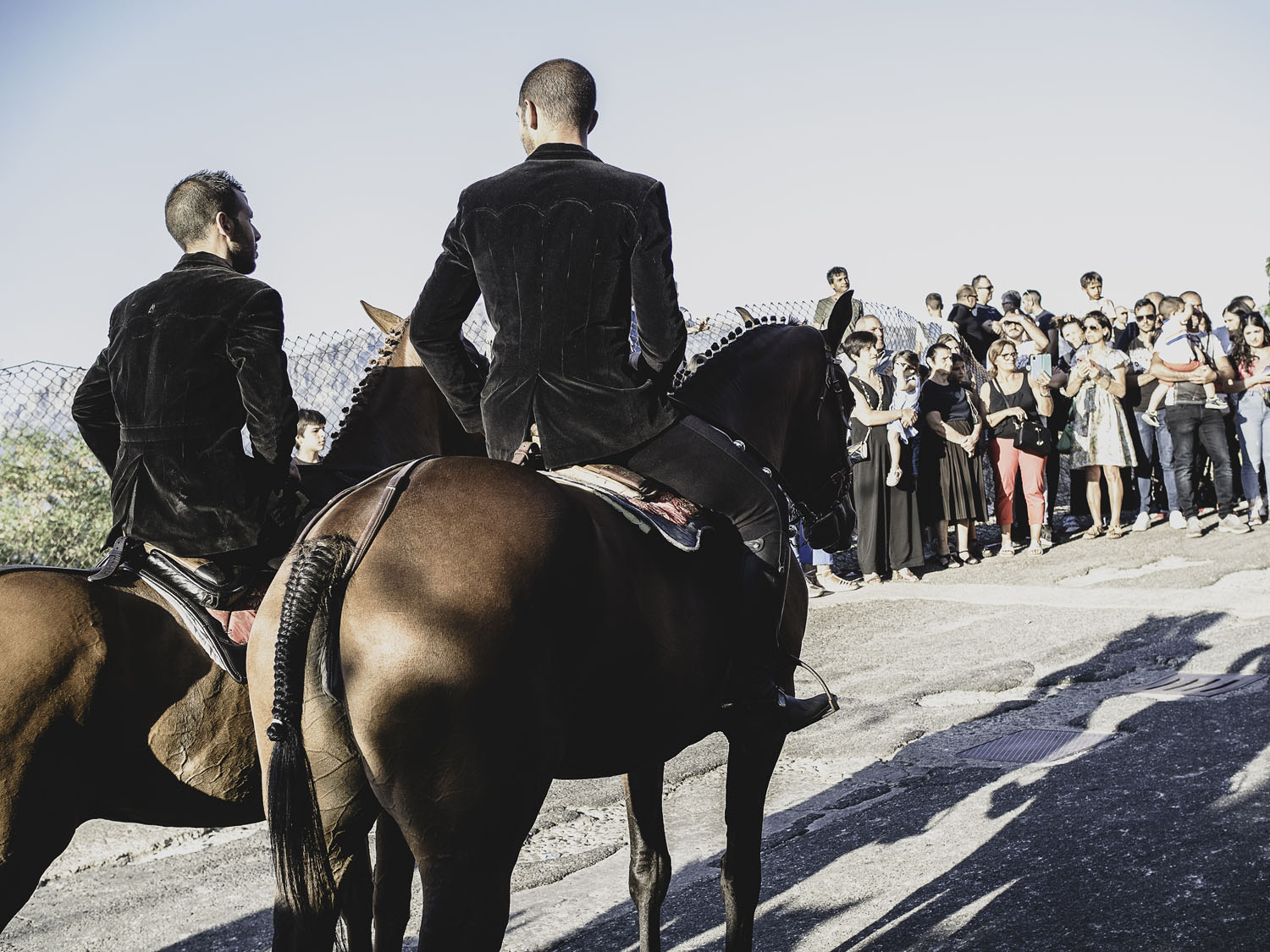
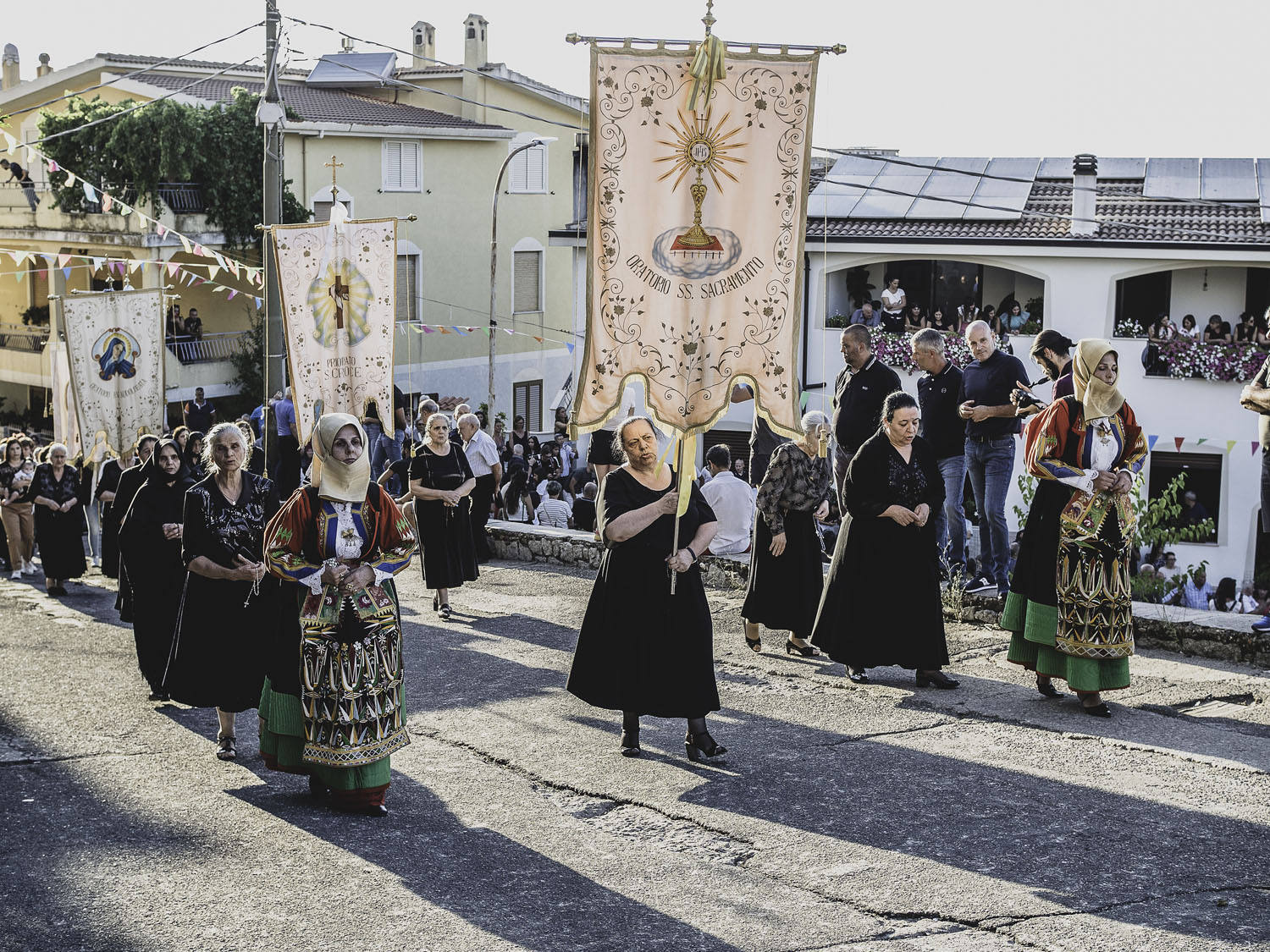
RIGHT: Olympus E-M5 MK II . Olympus M.Zuiko 25mmF1.8 . F/3.5 . 1/320” . ISO 400
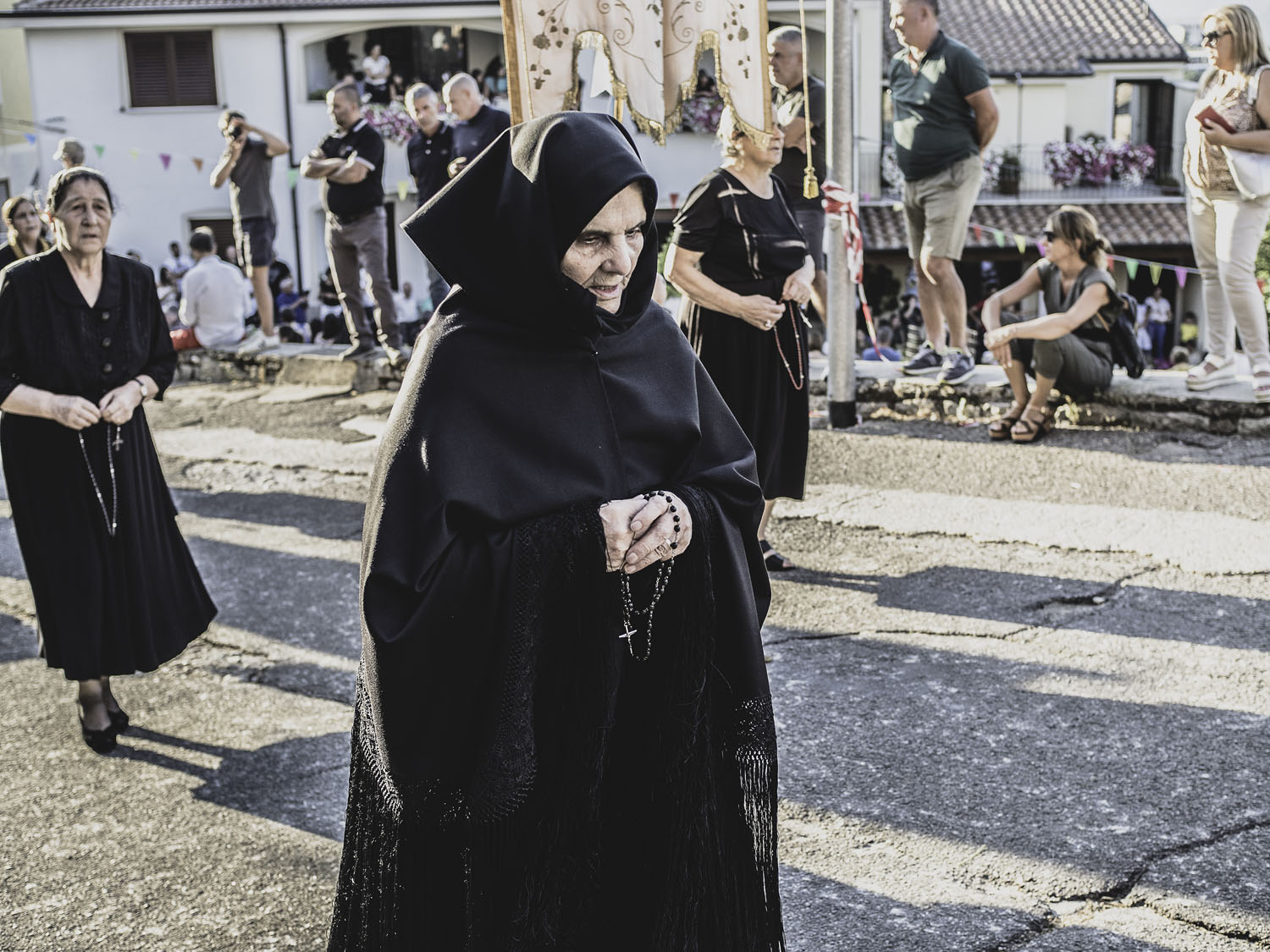
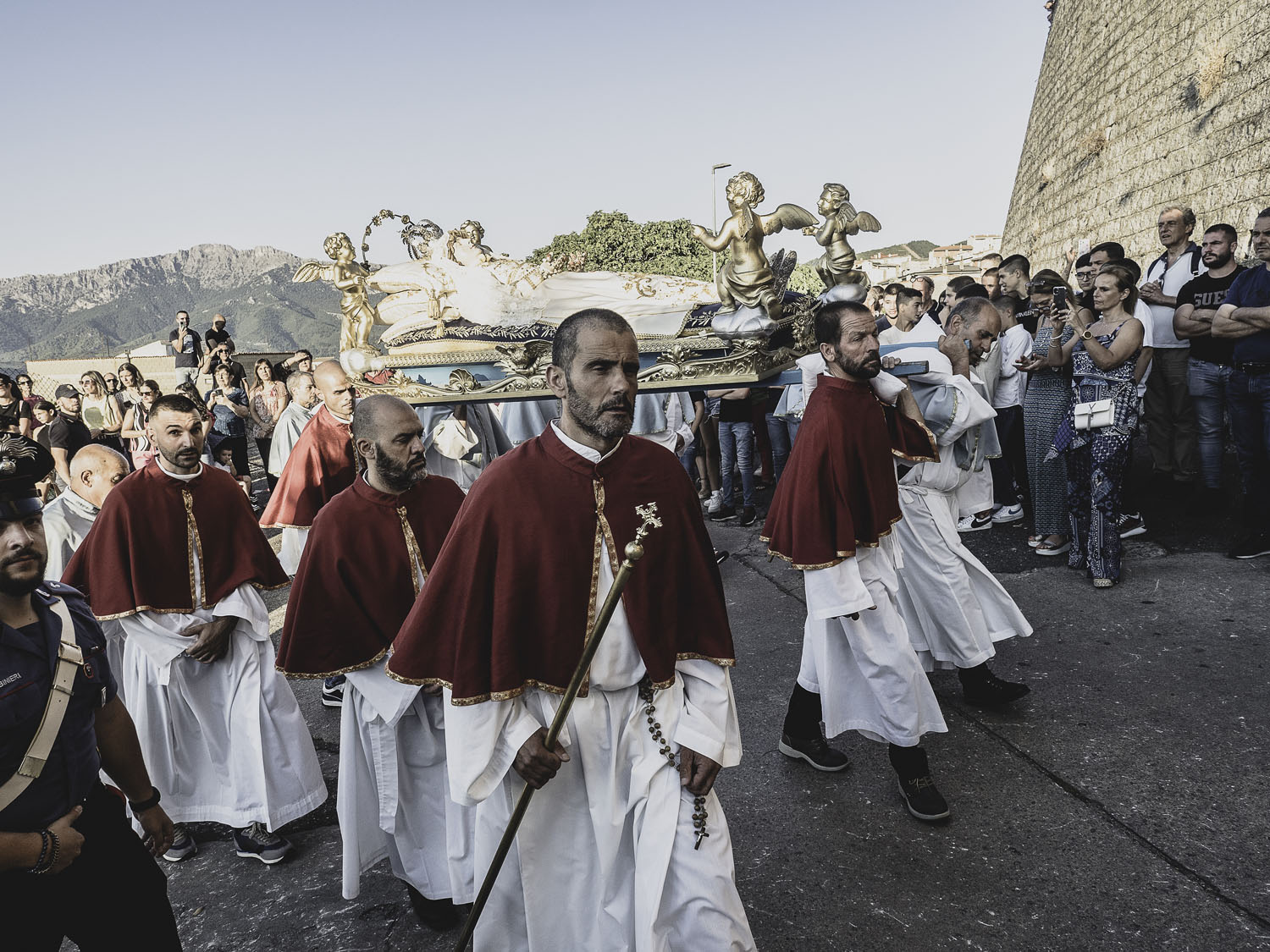
RIGHT: Olympus E-M5 MK II . Olympus M.Zuiko 12mmF2.0 . F/5.0 . 1/320” . ISO 400
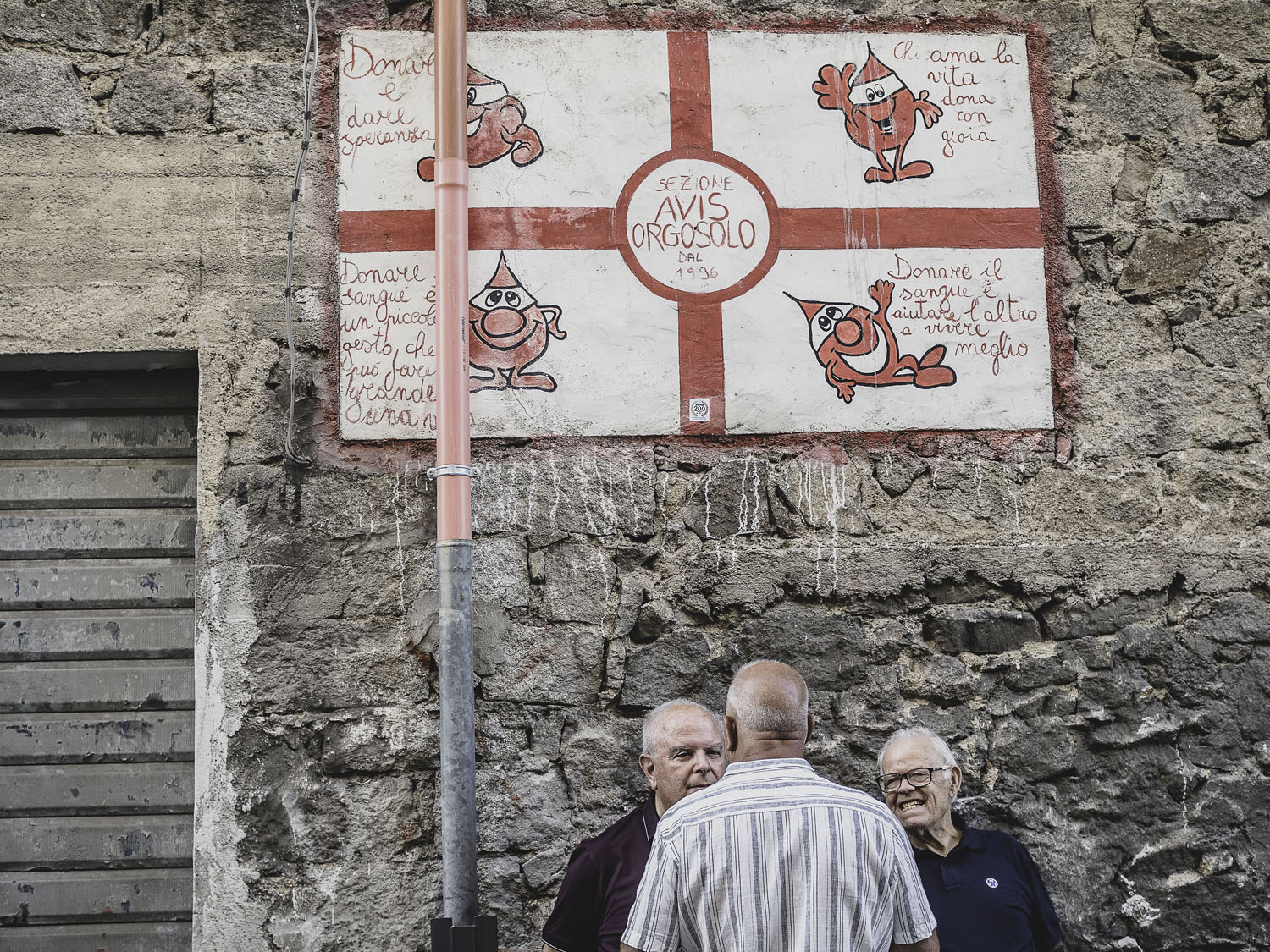
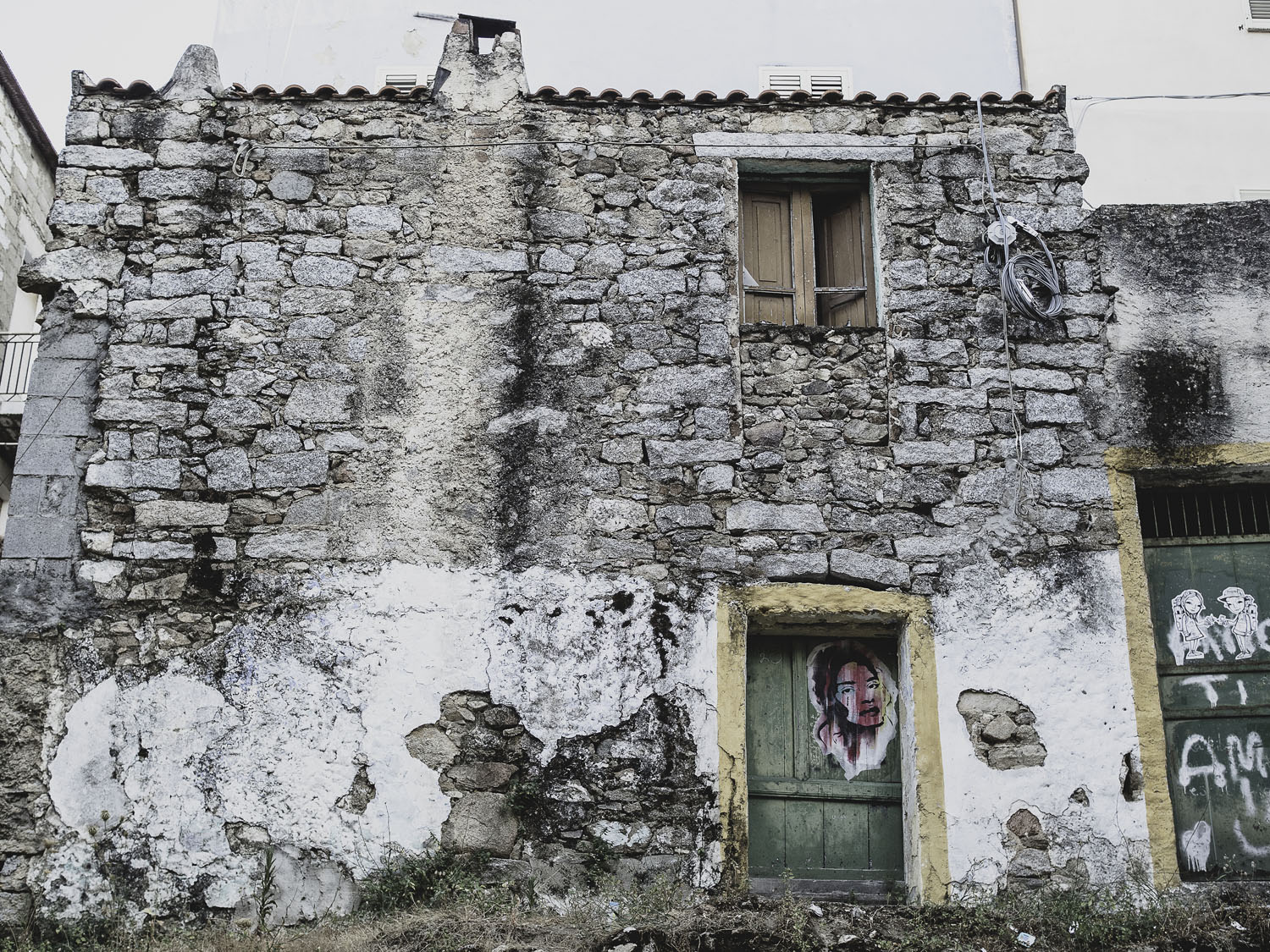
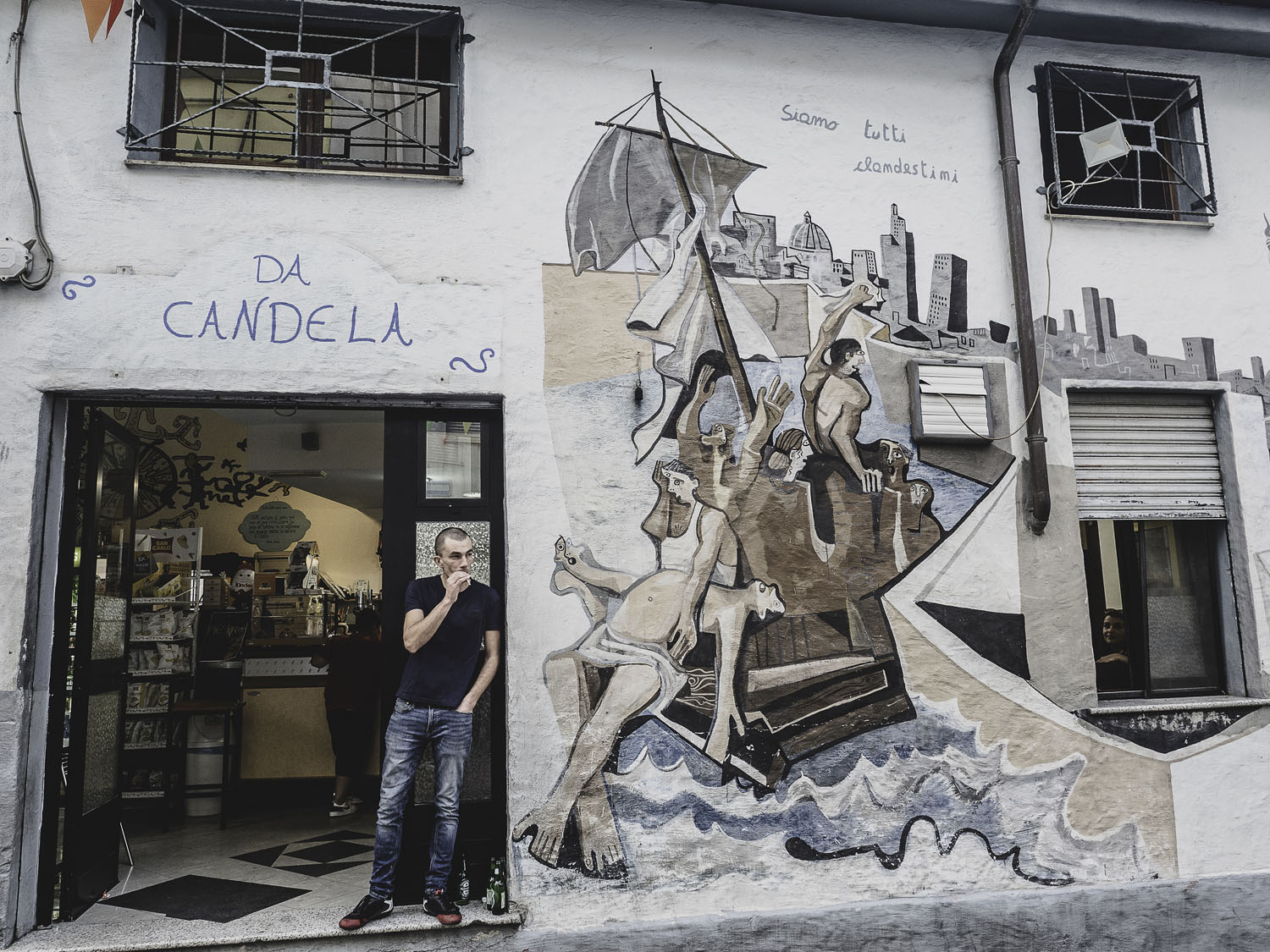
RIGHT: Olympus E-M5 MK II . Olympus M.Zuiko 25mmF1.8 . F/3.5 . 1/50” . ISO 400
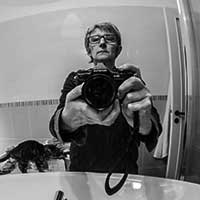
“I’m Angela Ravaioli, I’m from Genoa, a town in northern Italy and I’ve always been passionate about photography. I started photographing many years ago with an Olympus analog camera, the legendary OM1 and then I switched to digital, and I have always maintained this brand. I like to photograph during my travels but also in my city and take with me a small and light camera like the OM-D E-M5 Mark II.
I also tried to mount the old Zuiko lenses on the E-M5 Mk II because I like to experiment and especially photograph. The light weight of the Micro 43 allows me to often go out with the camera in my bag.”




